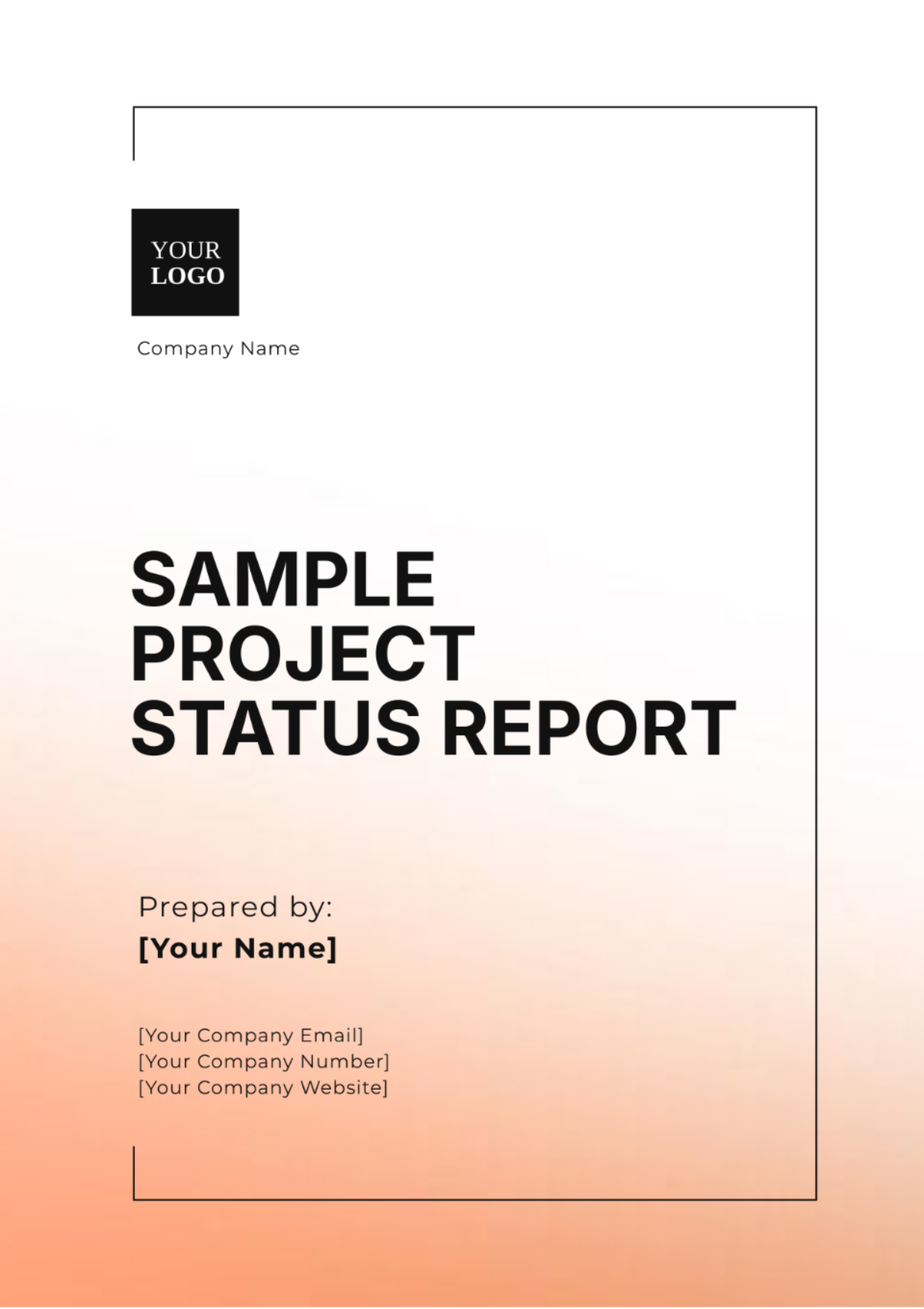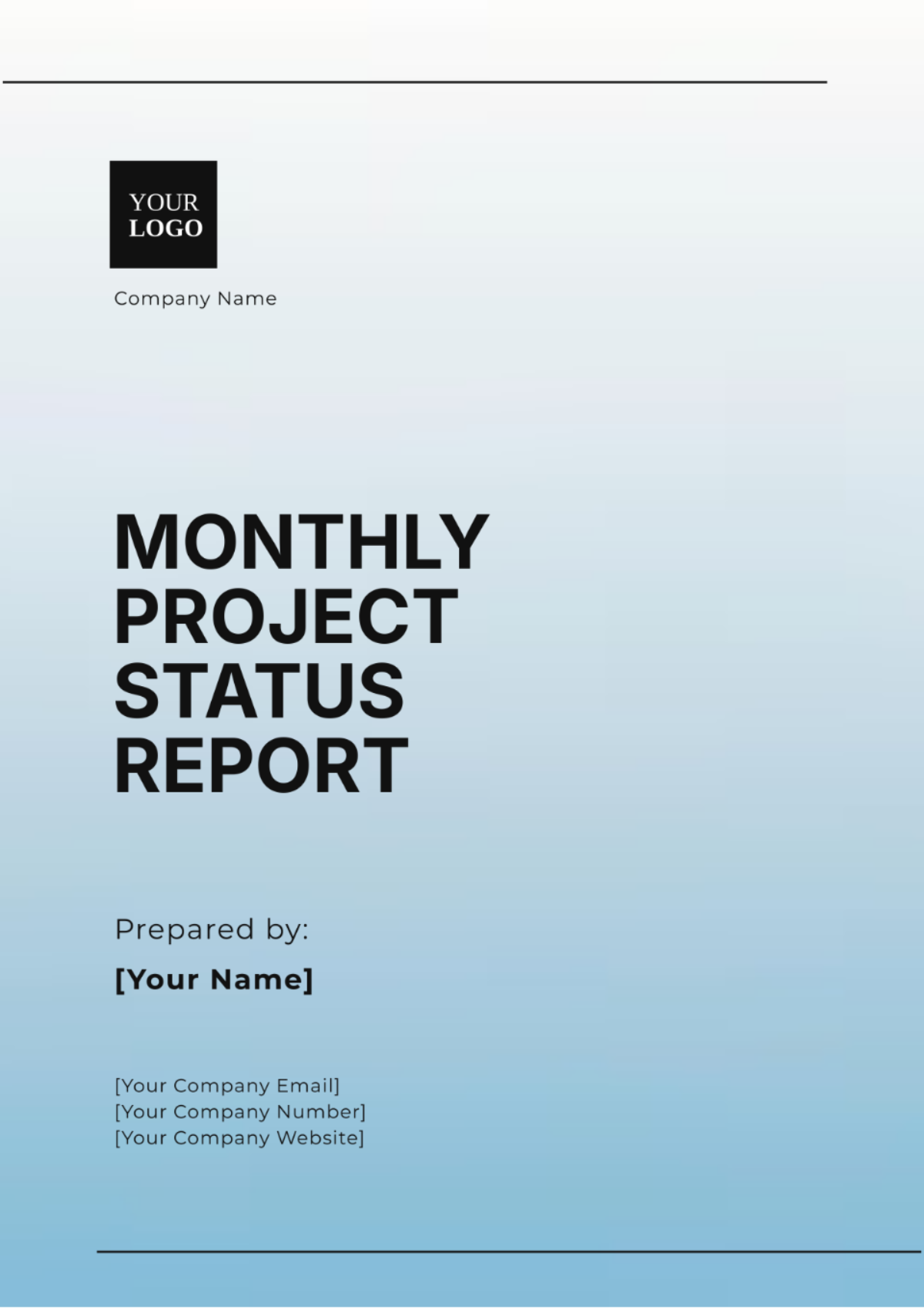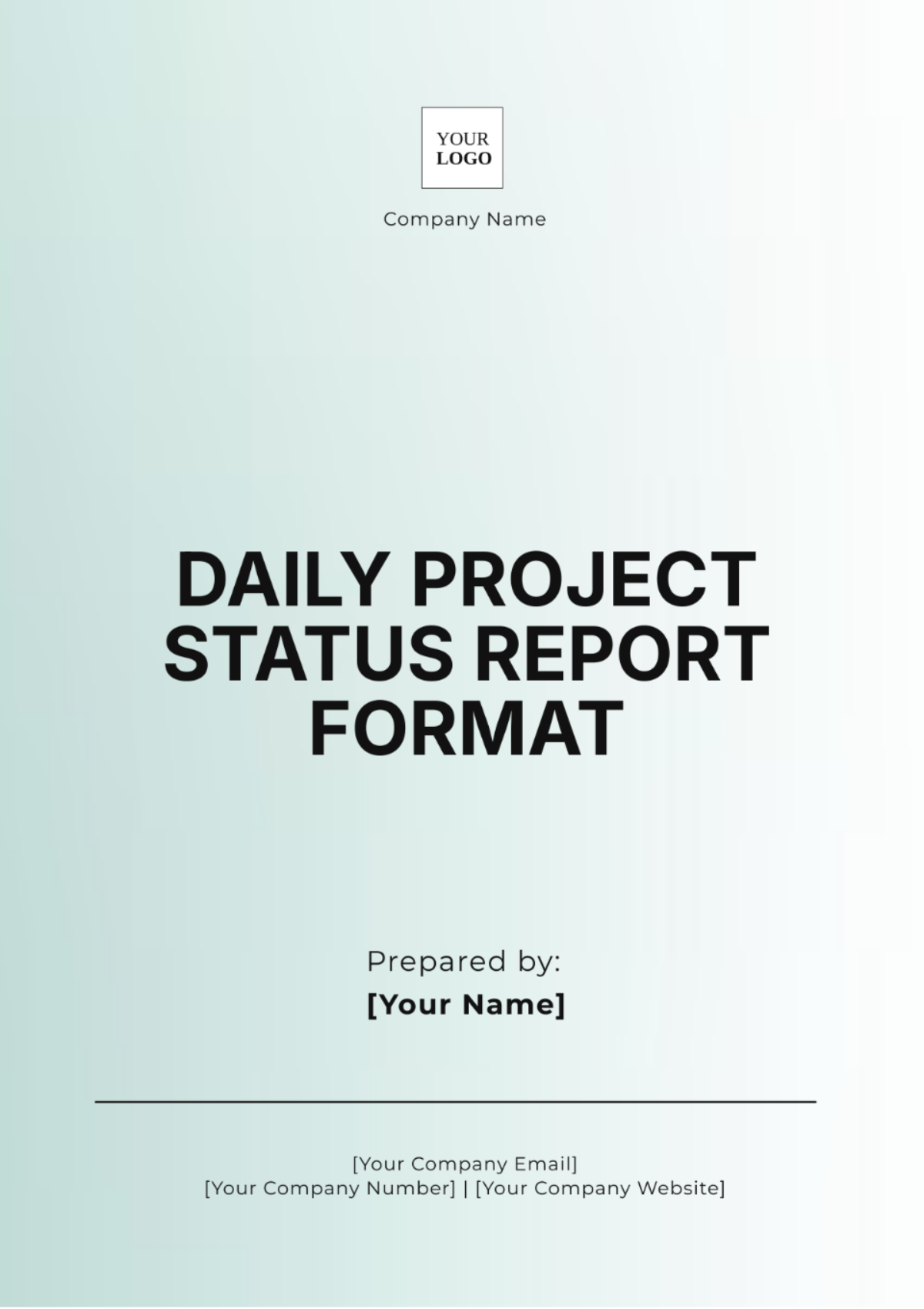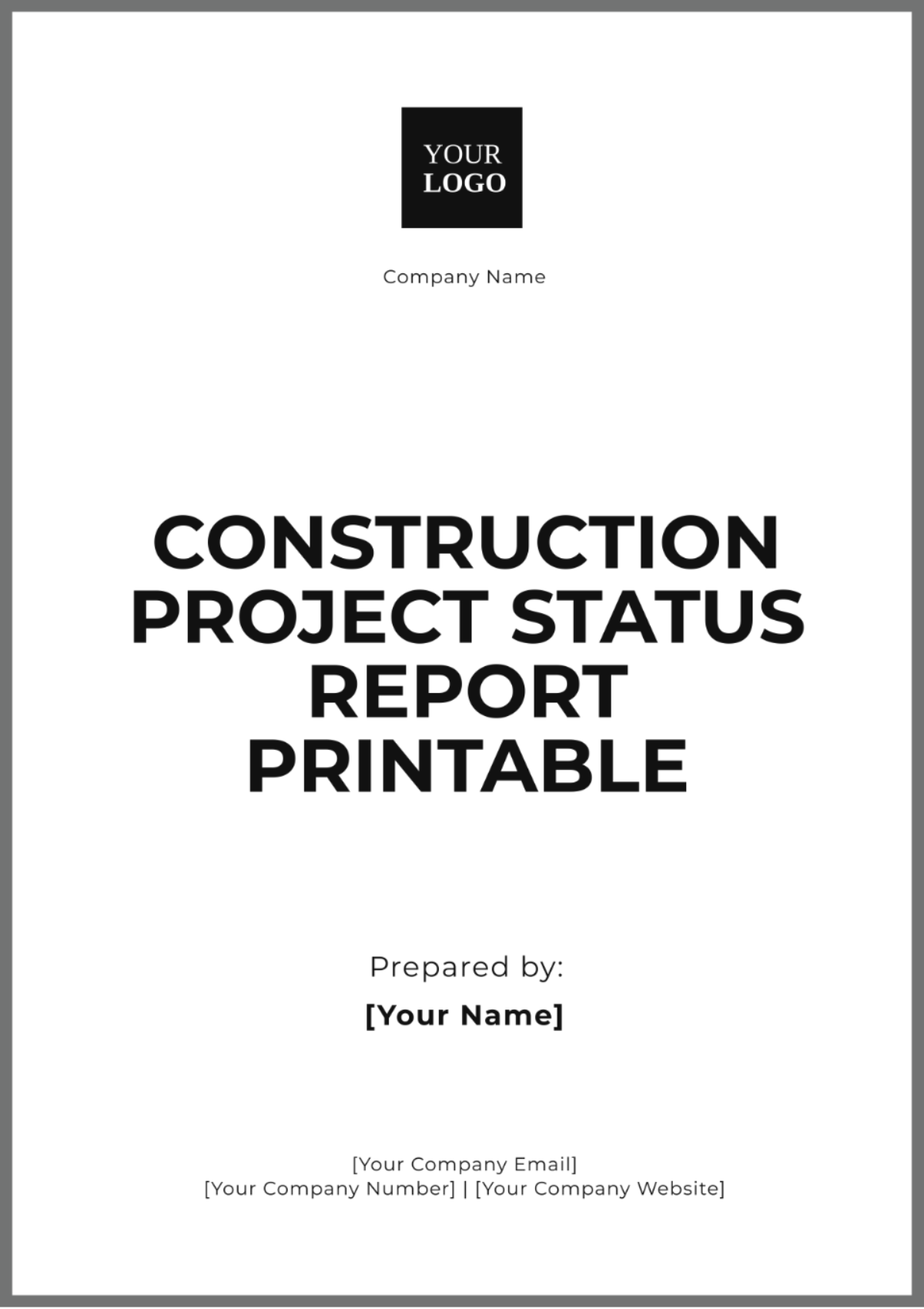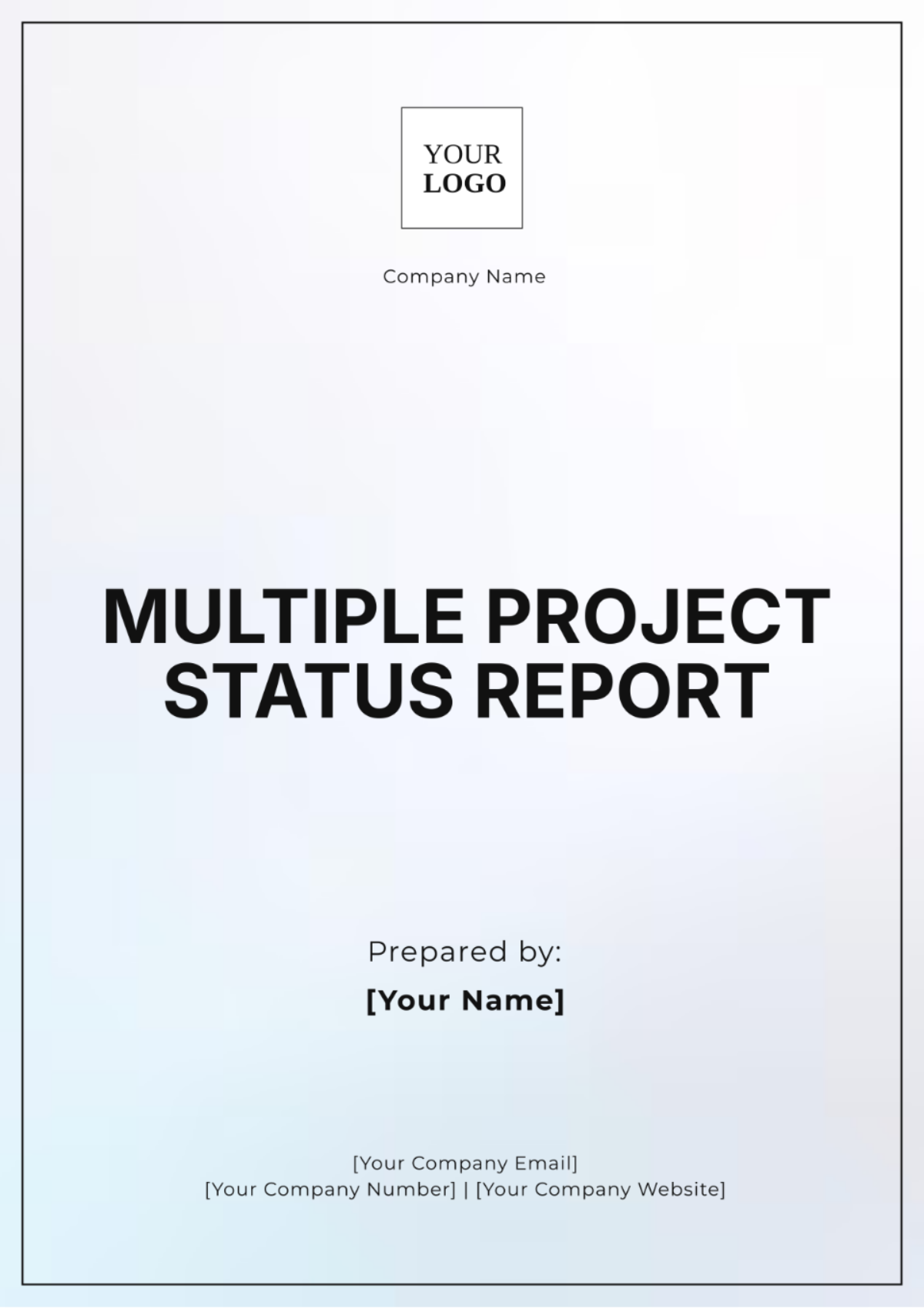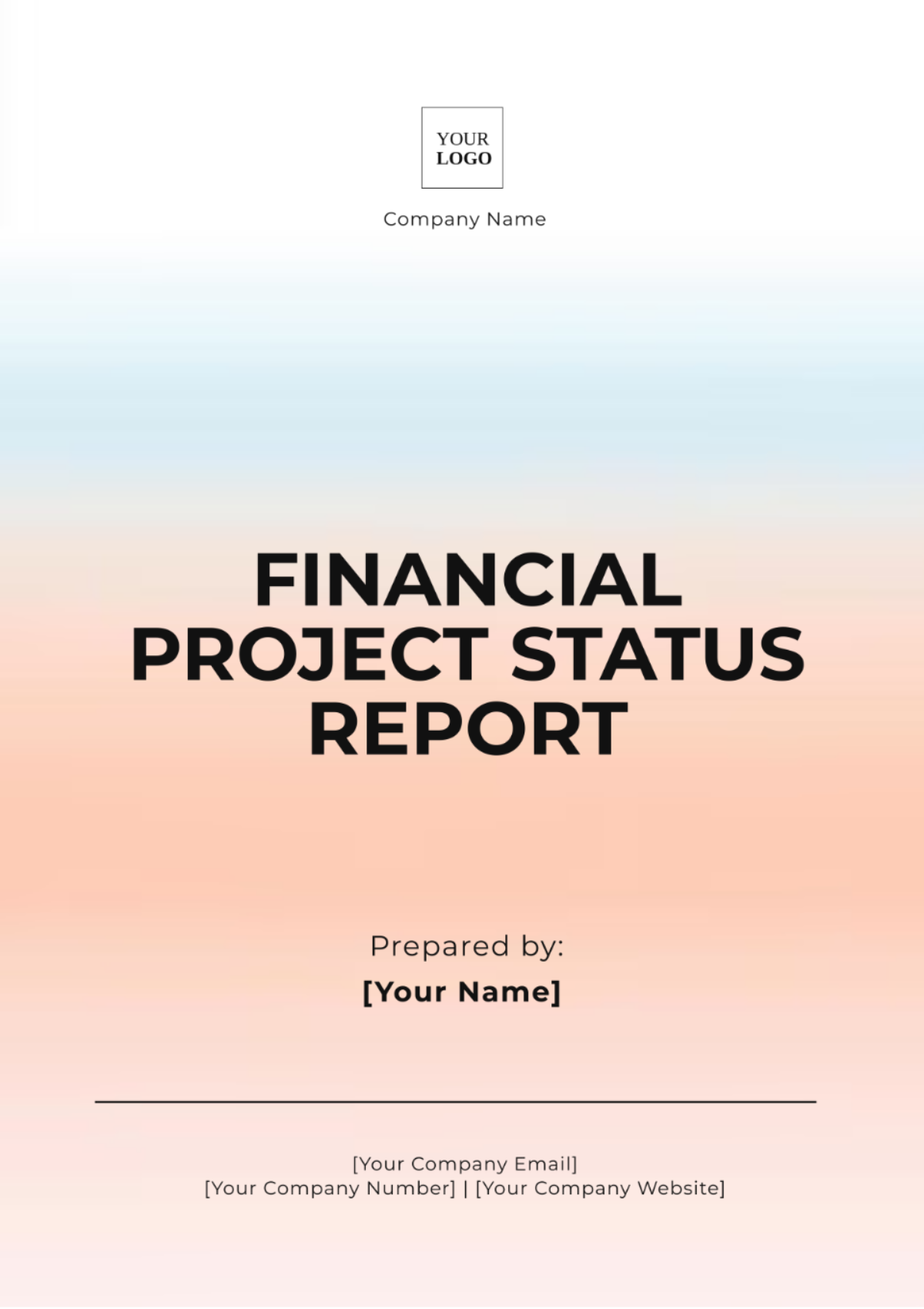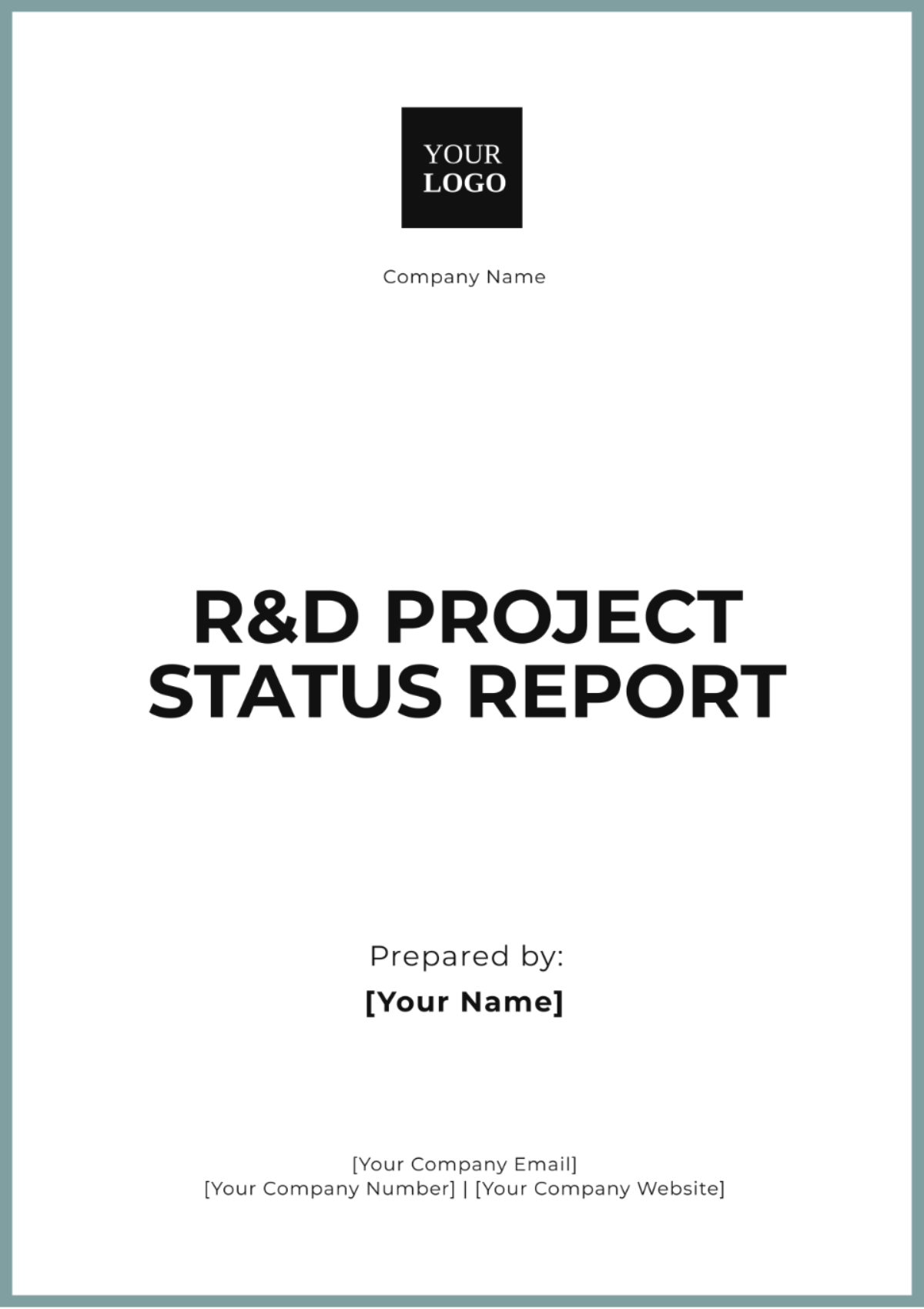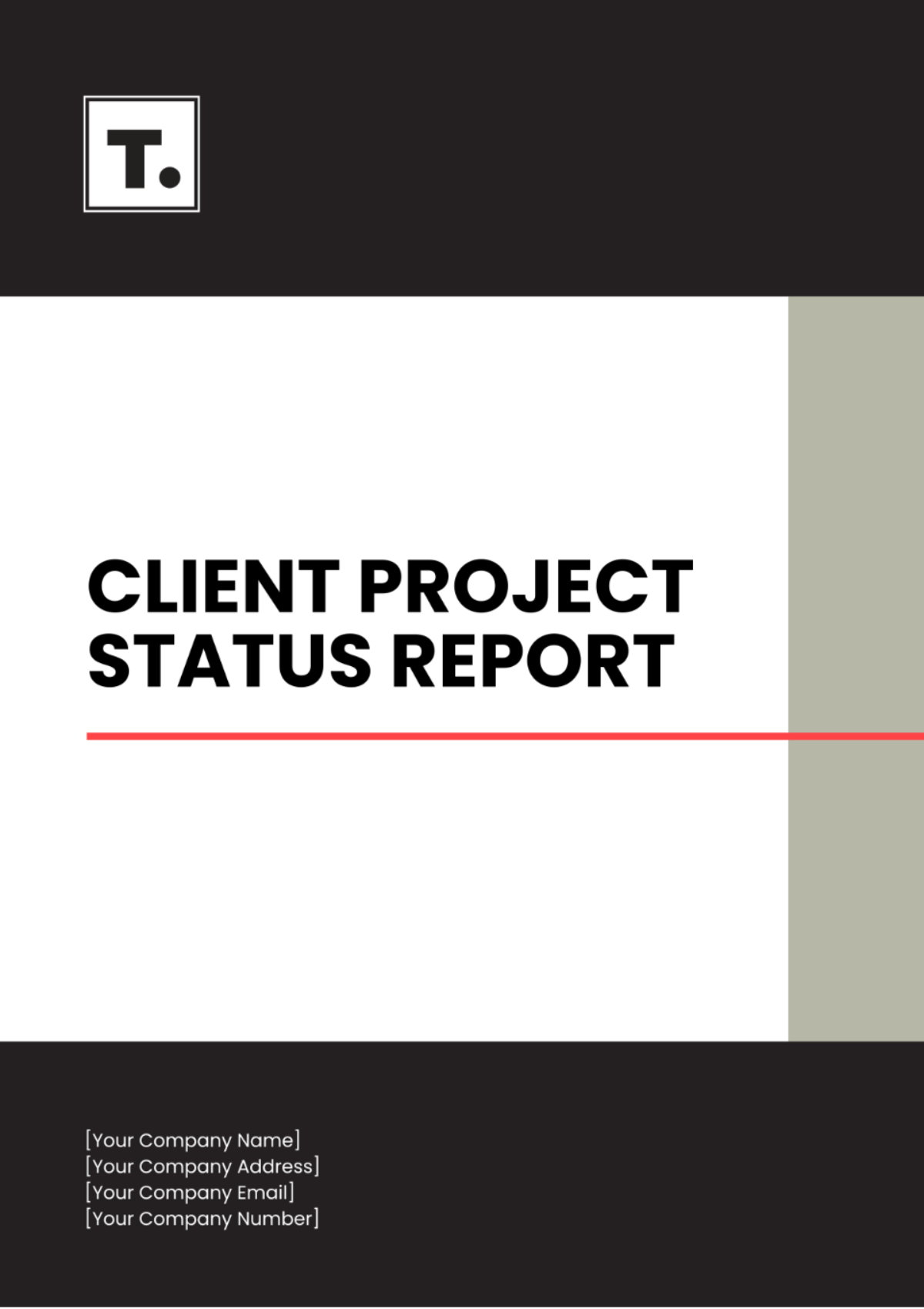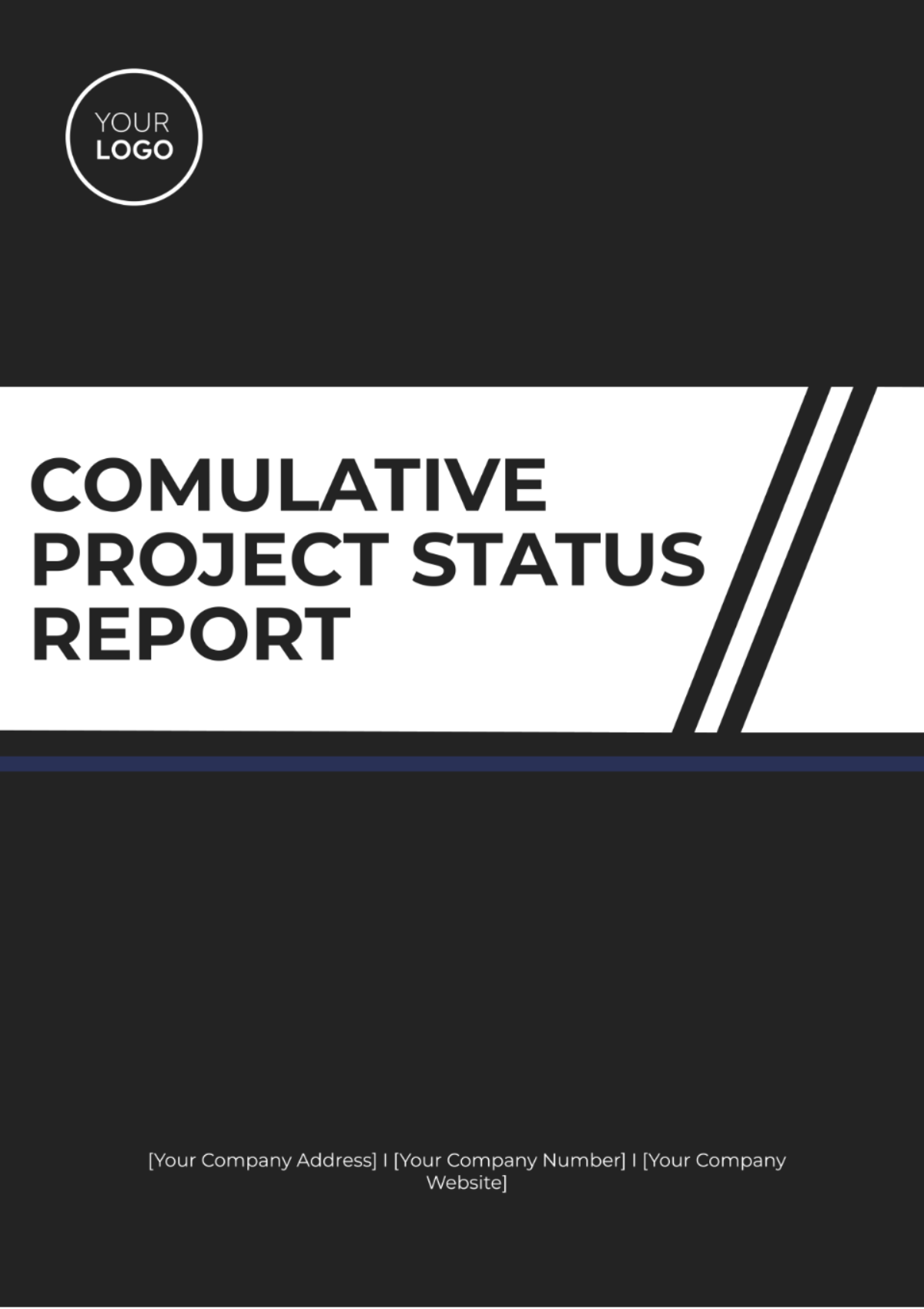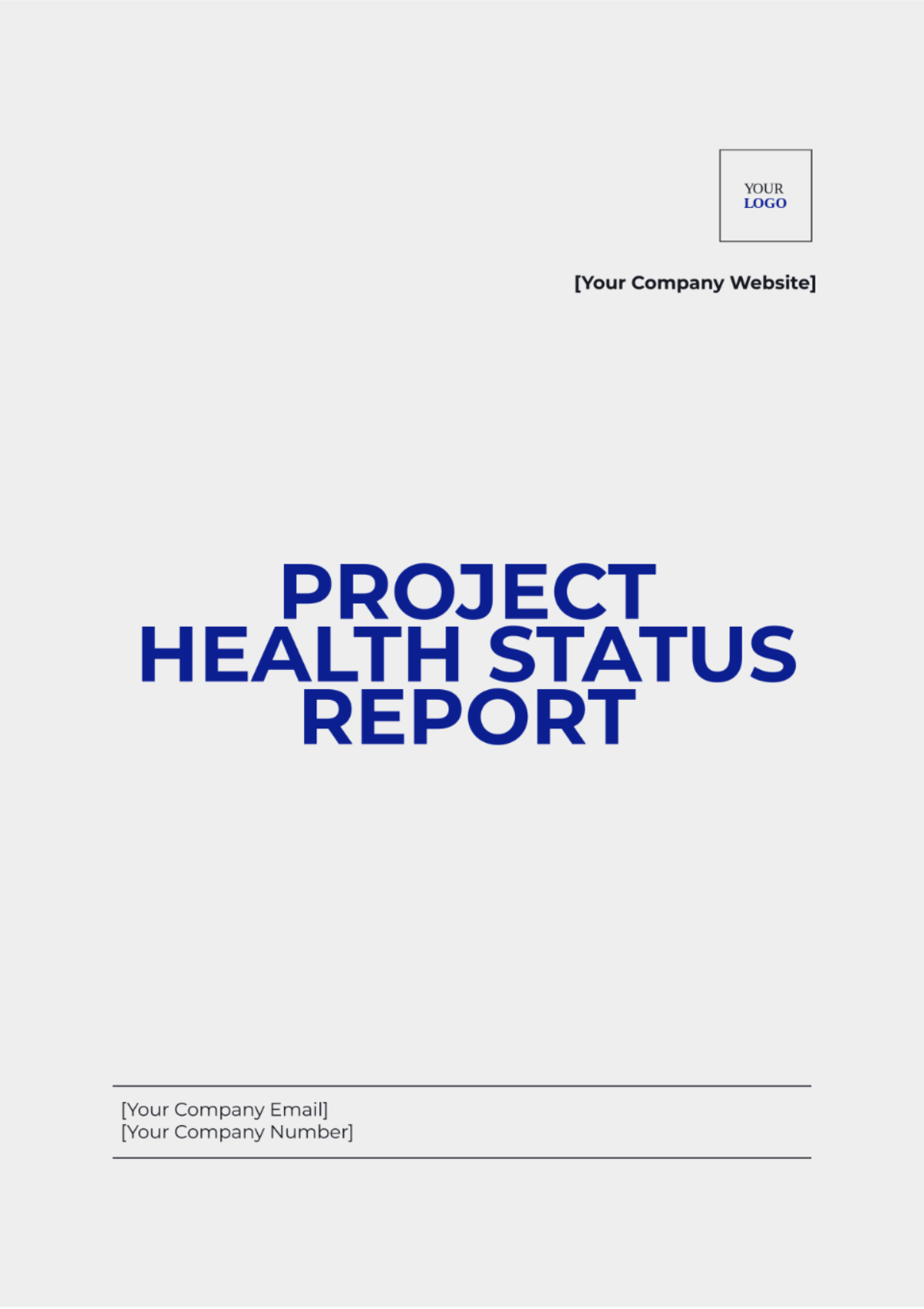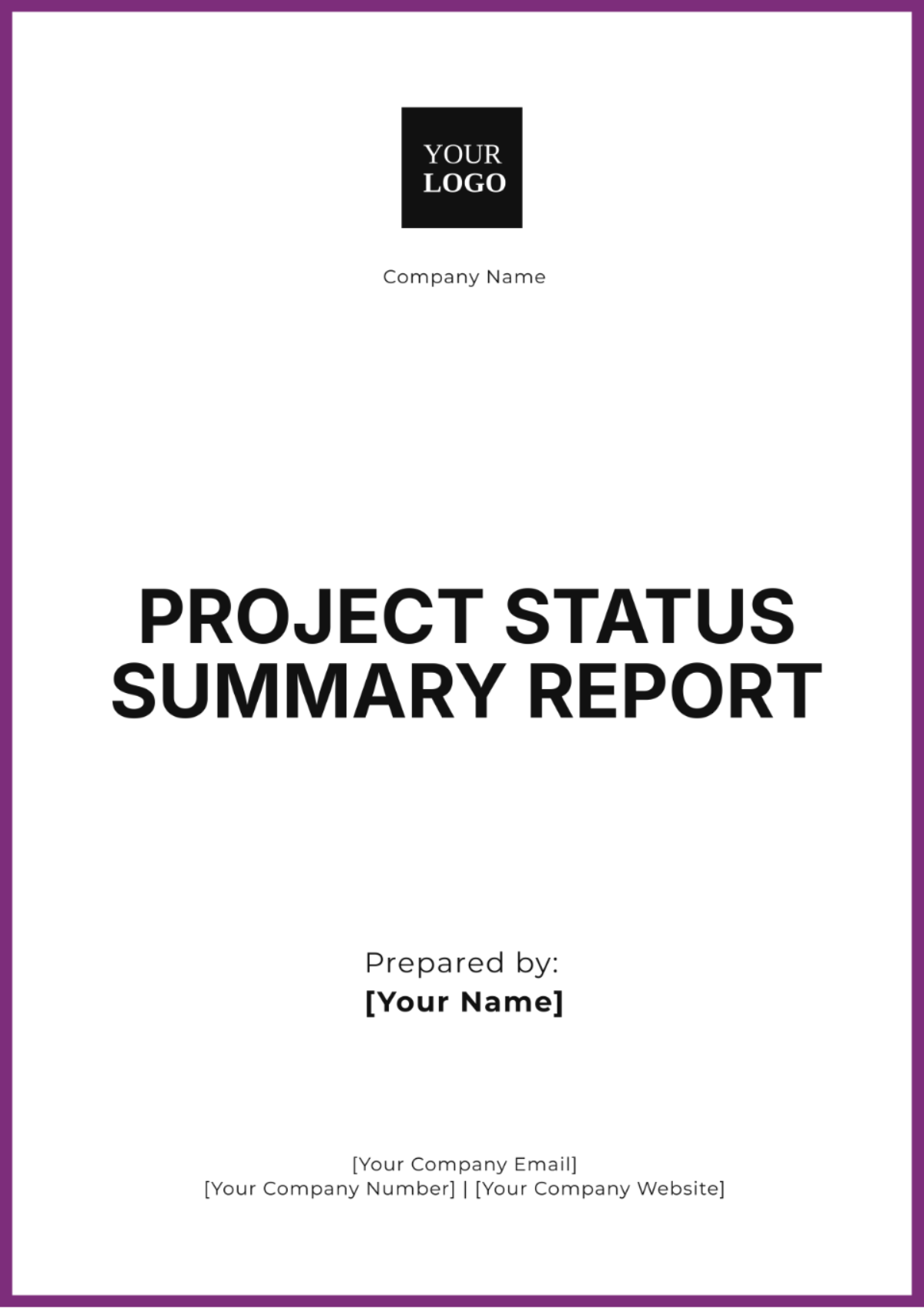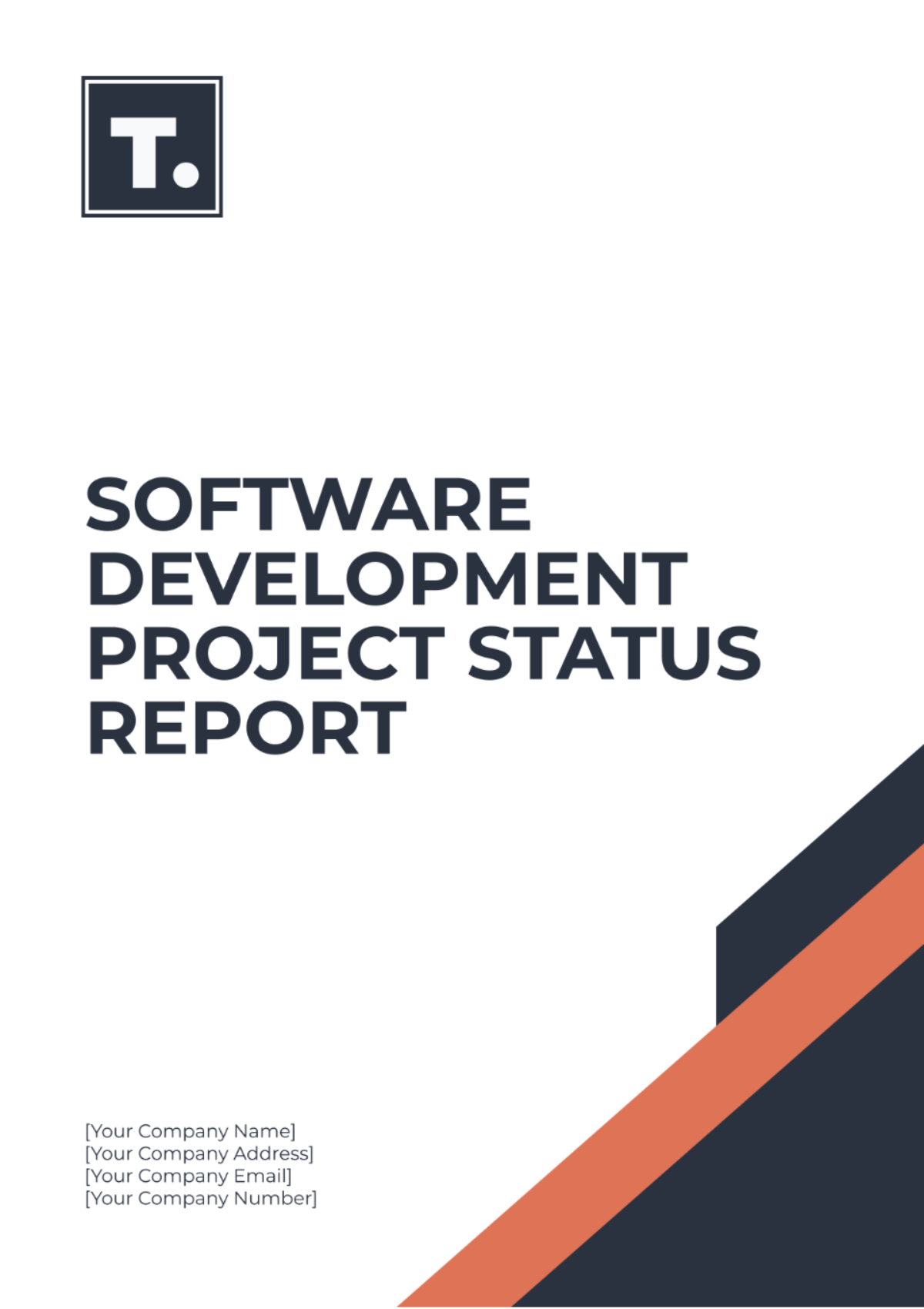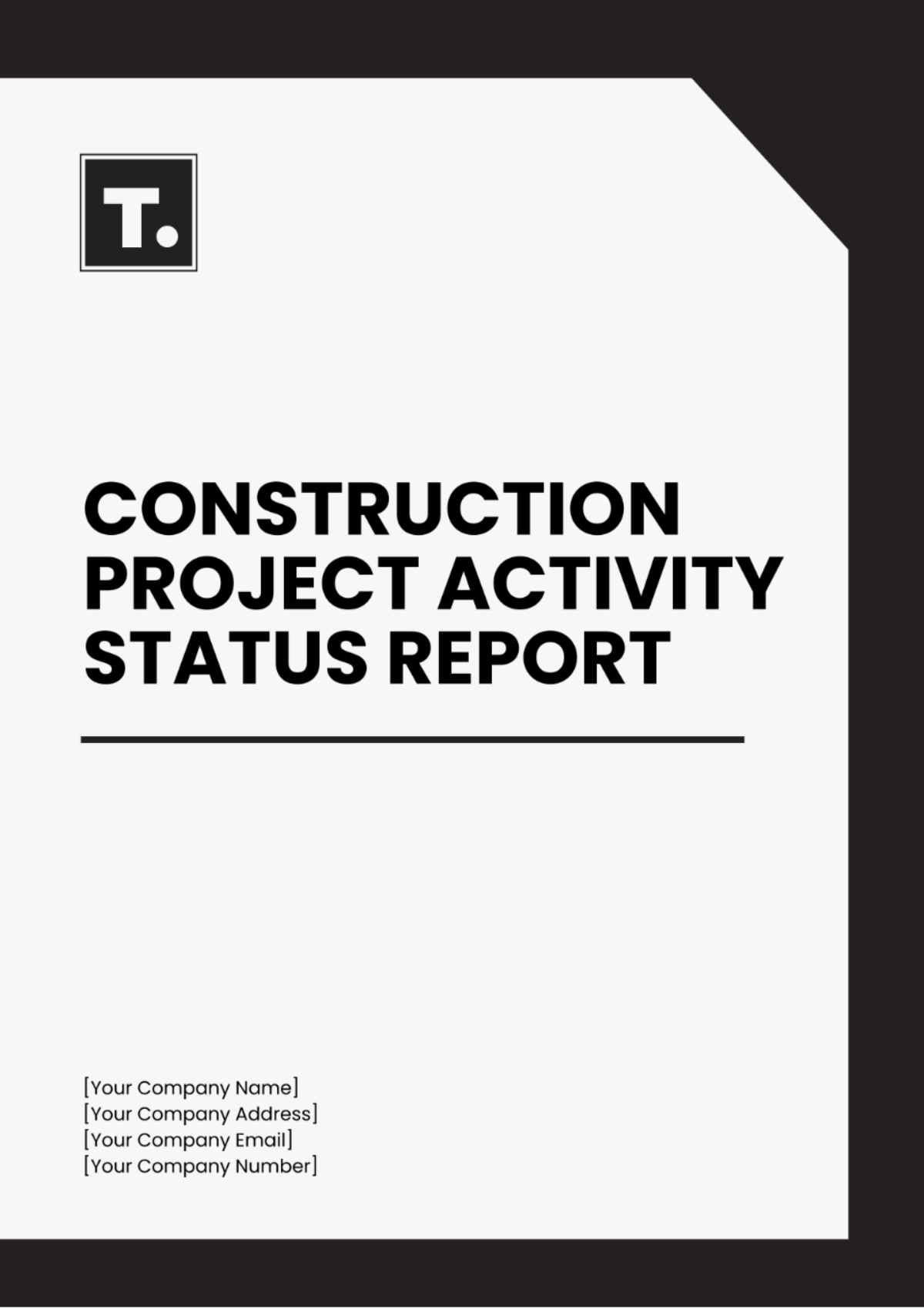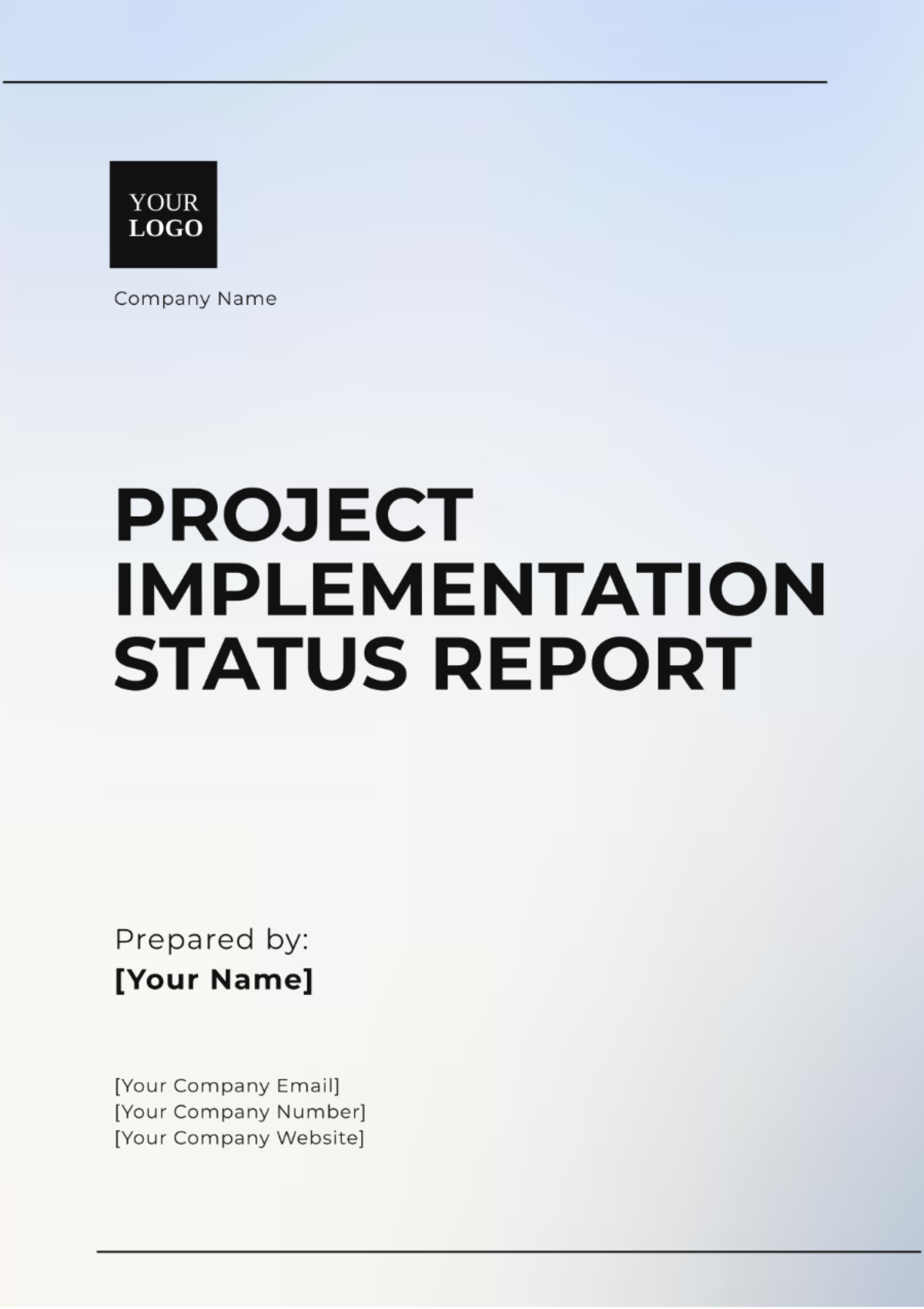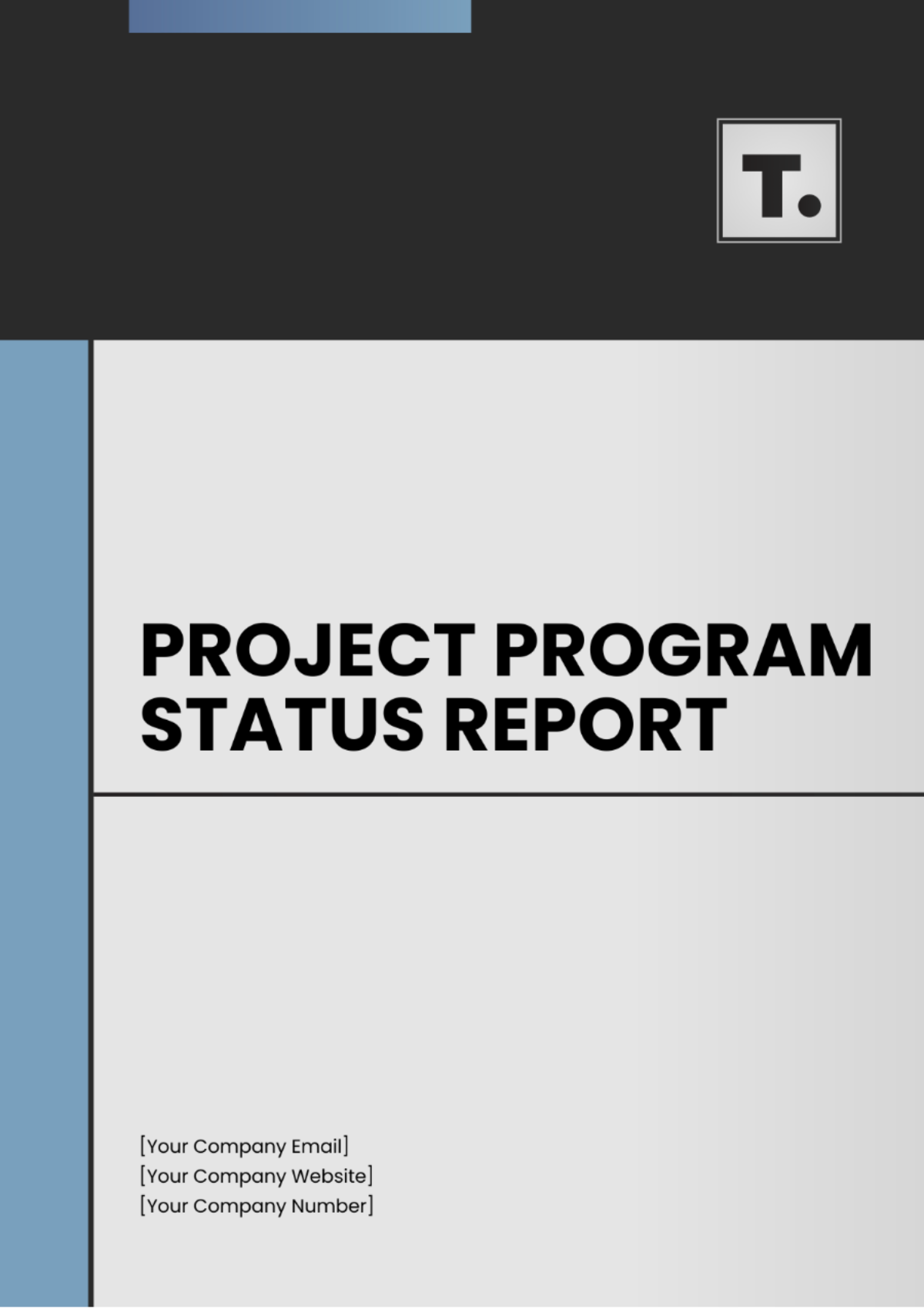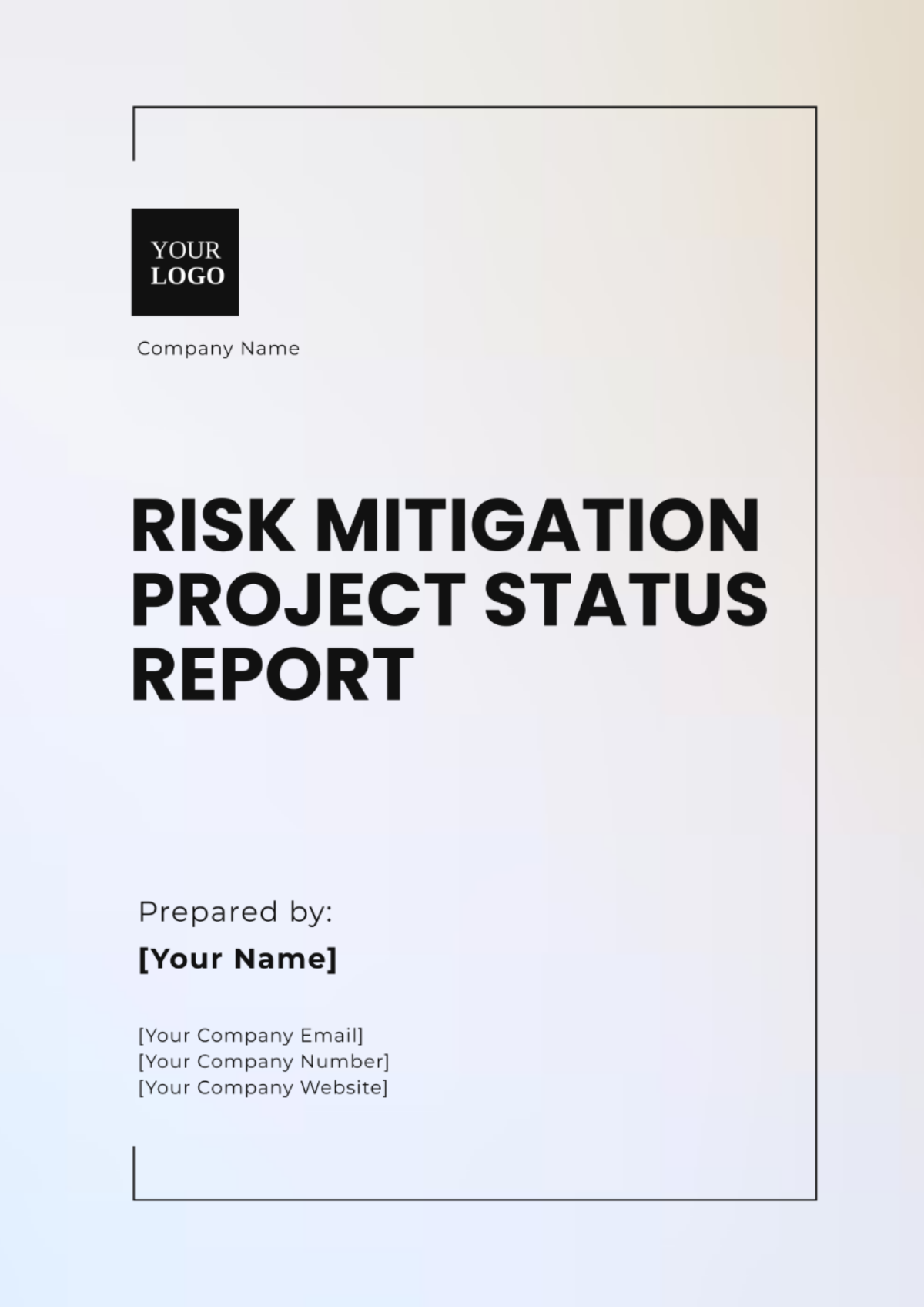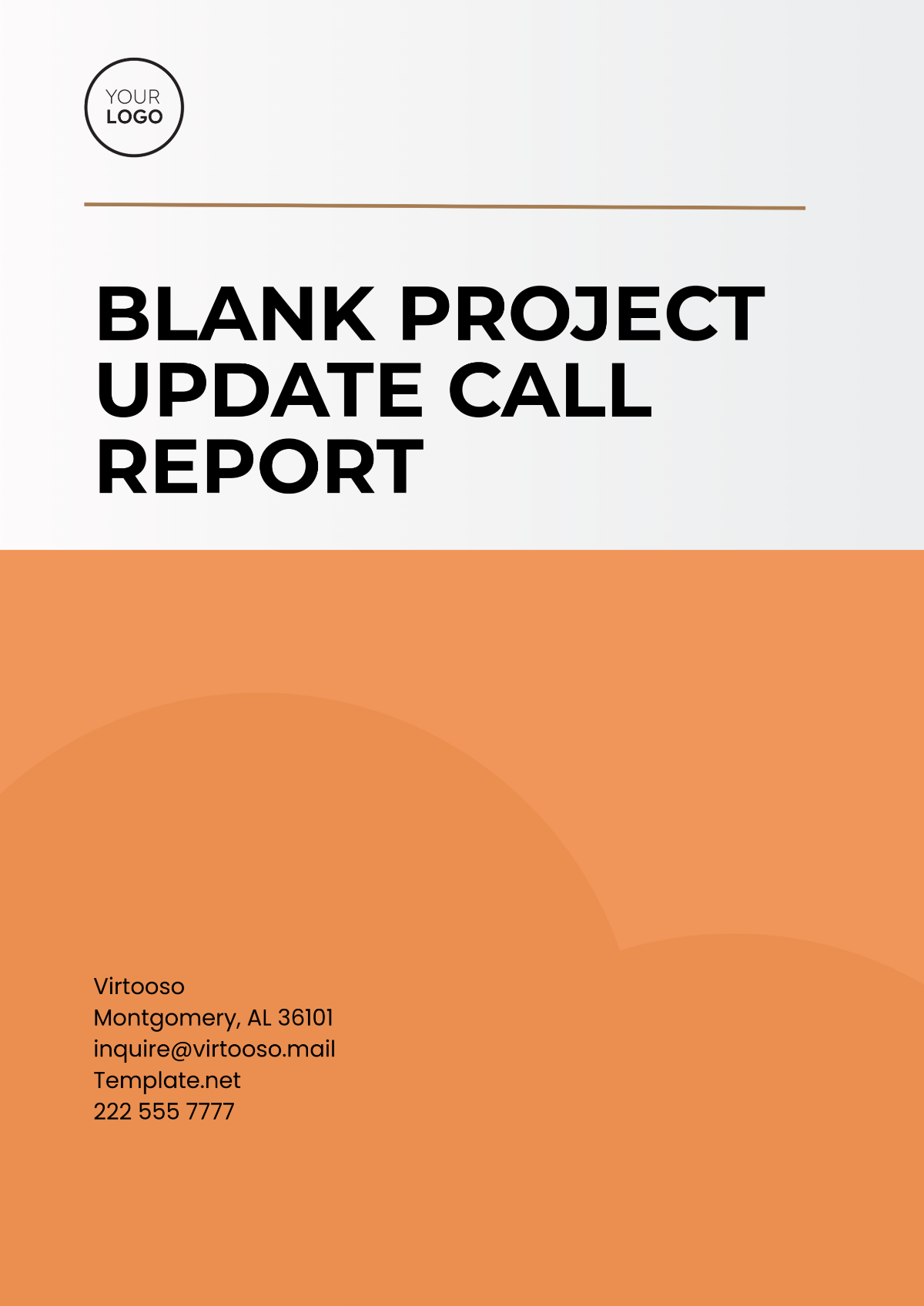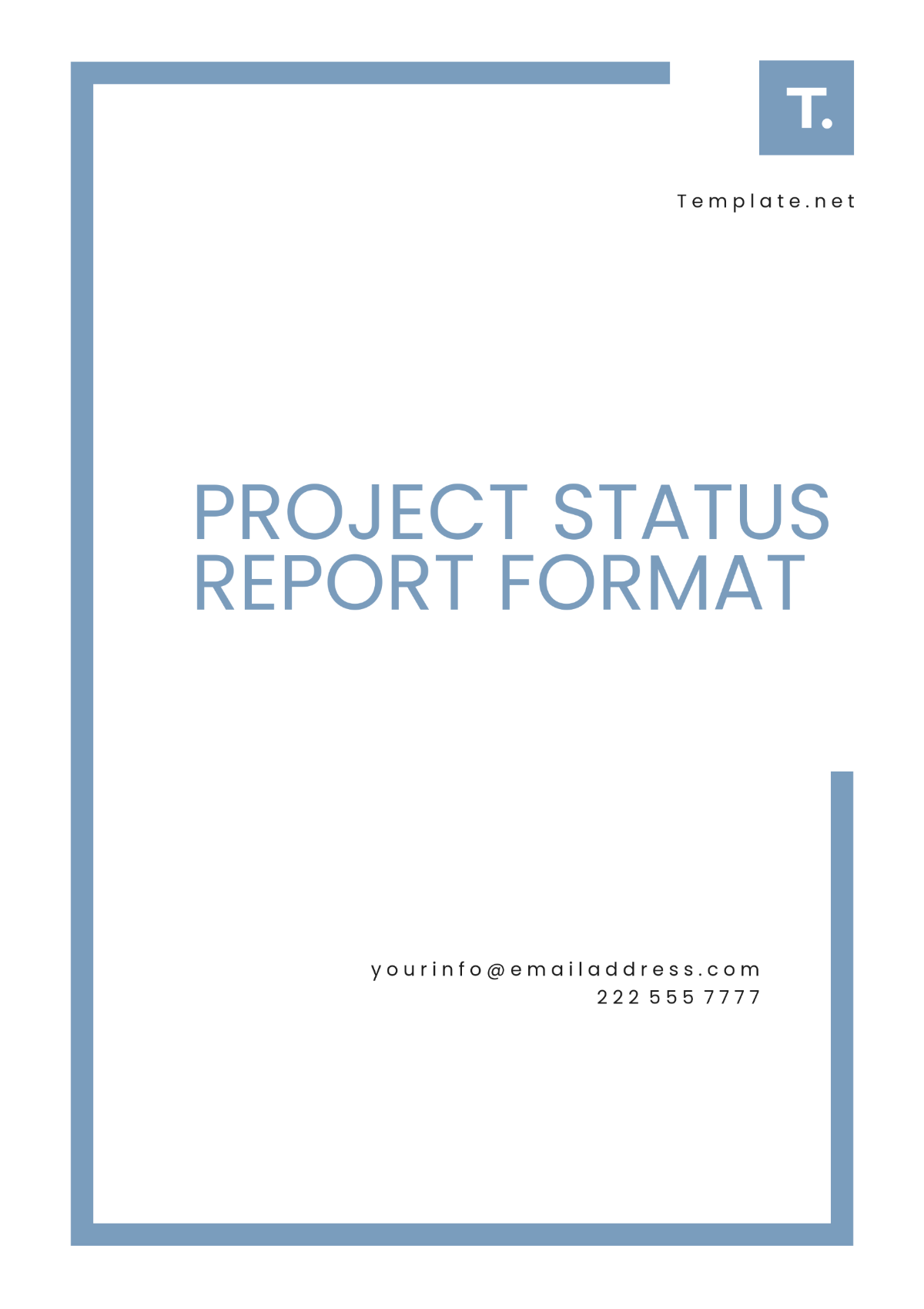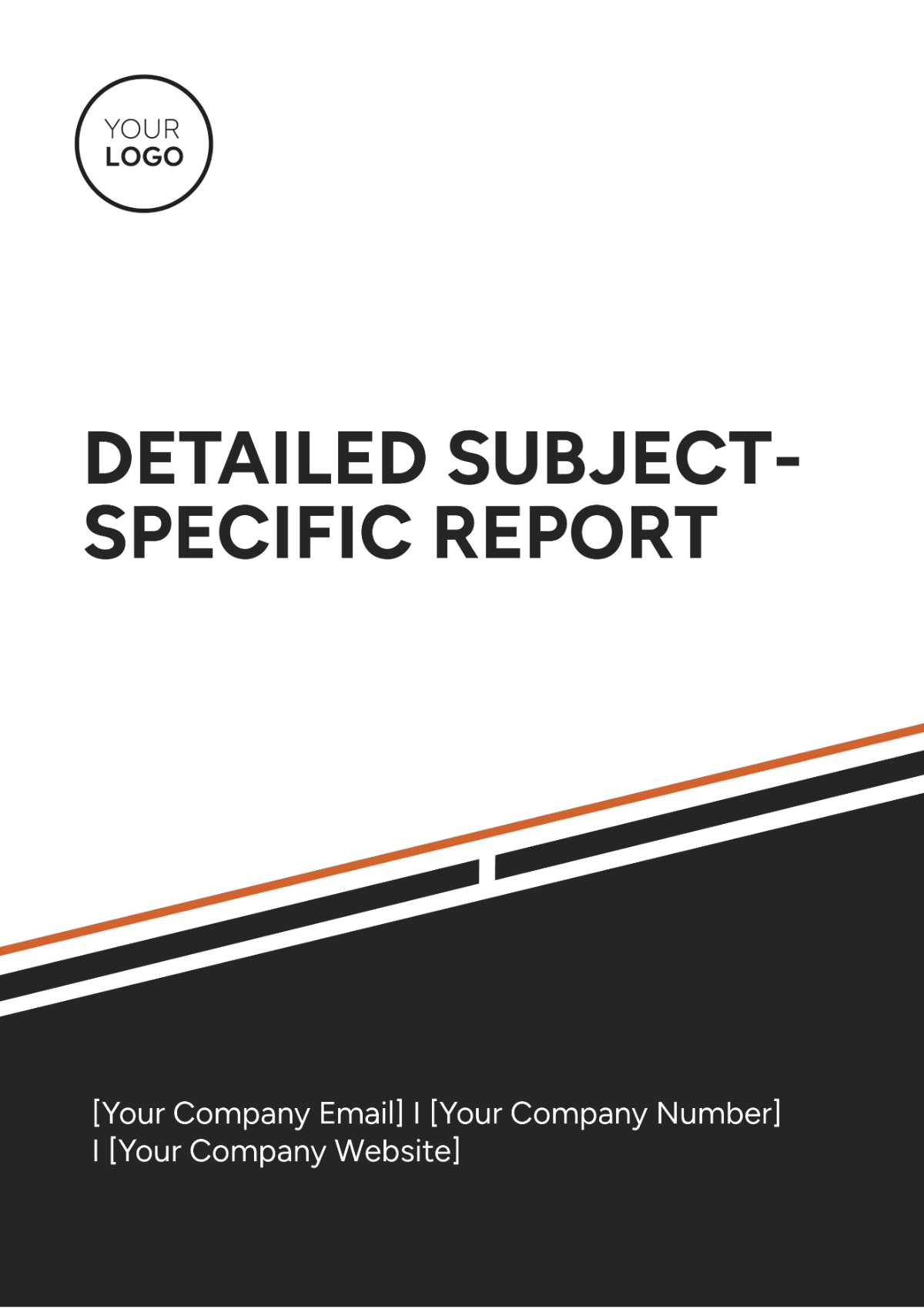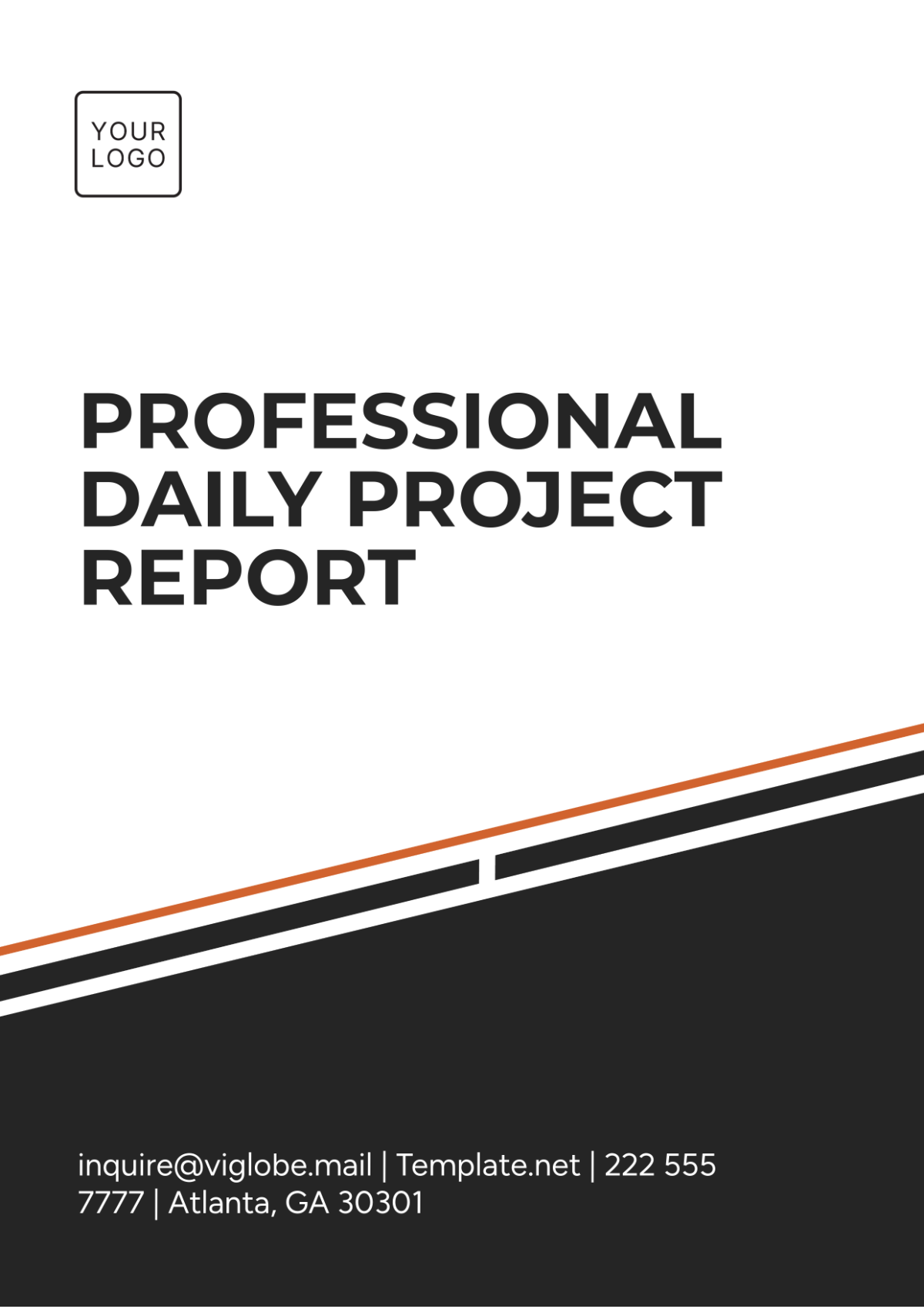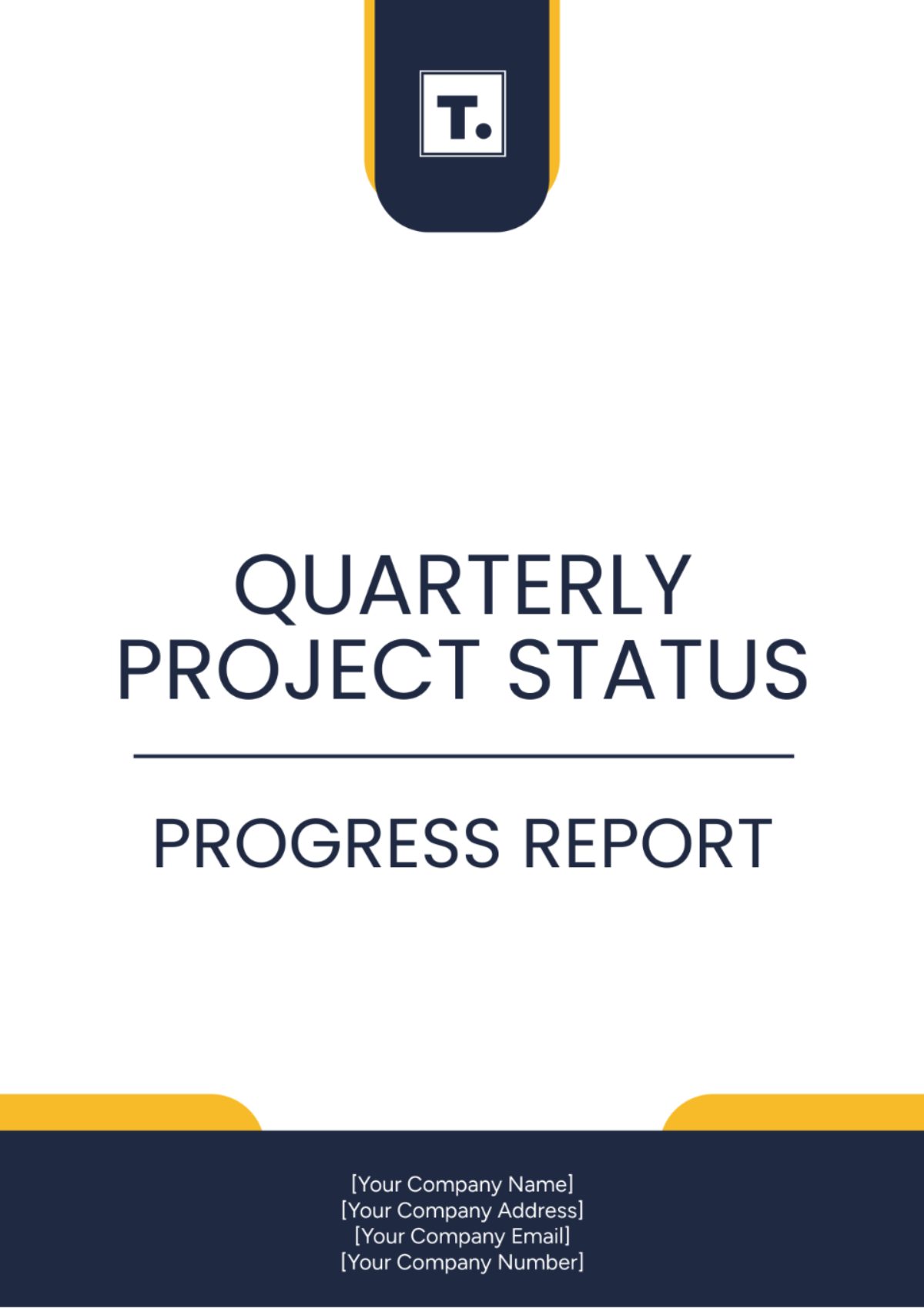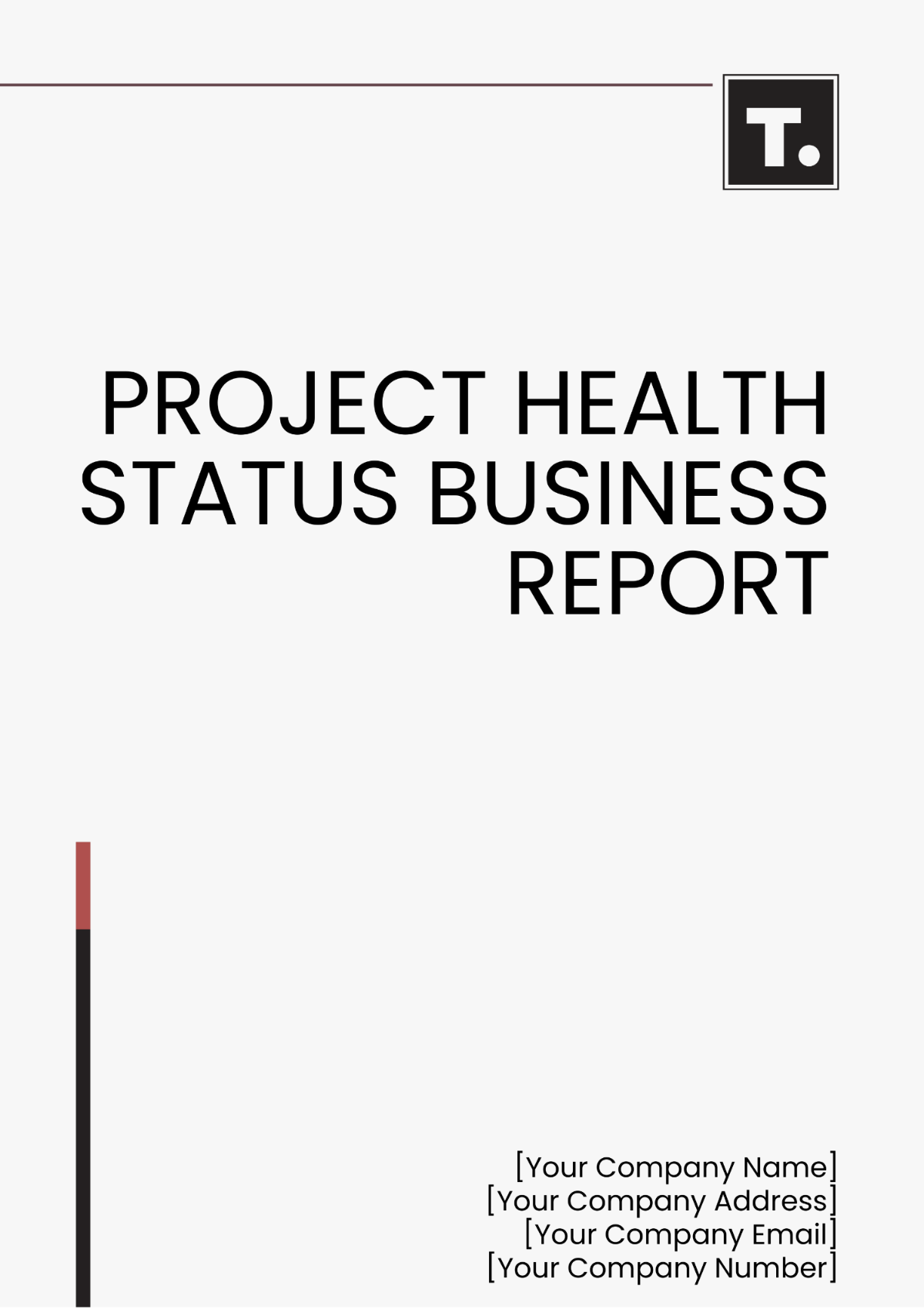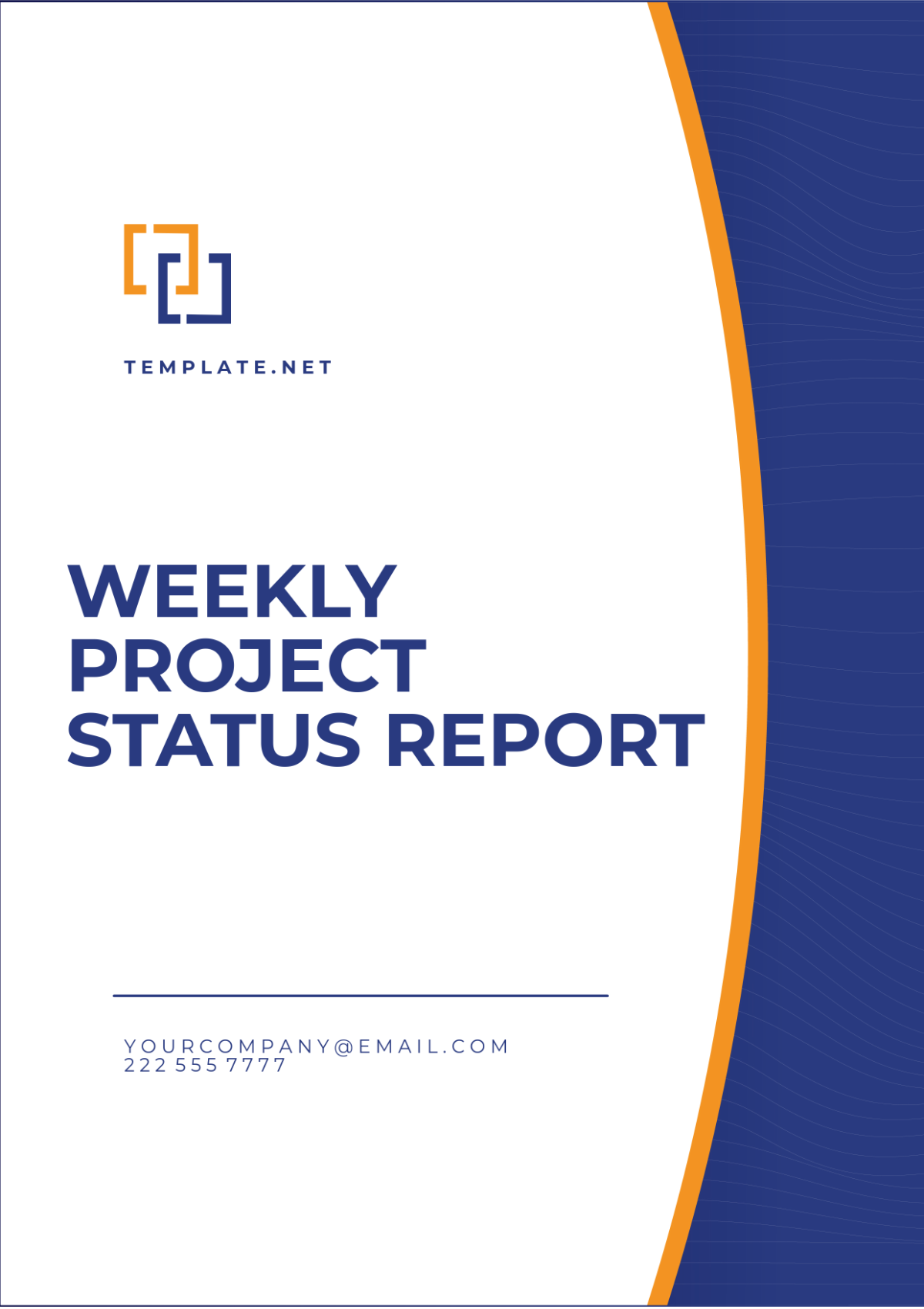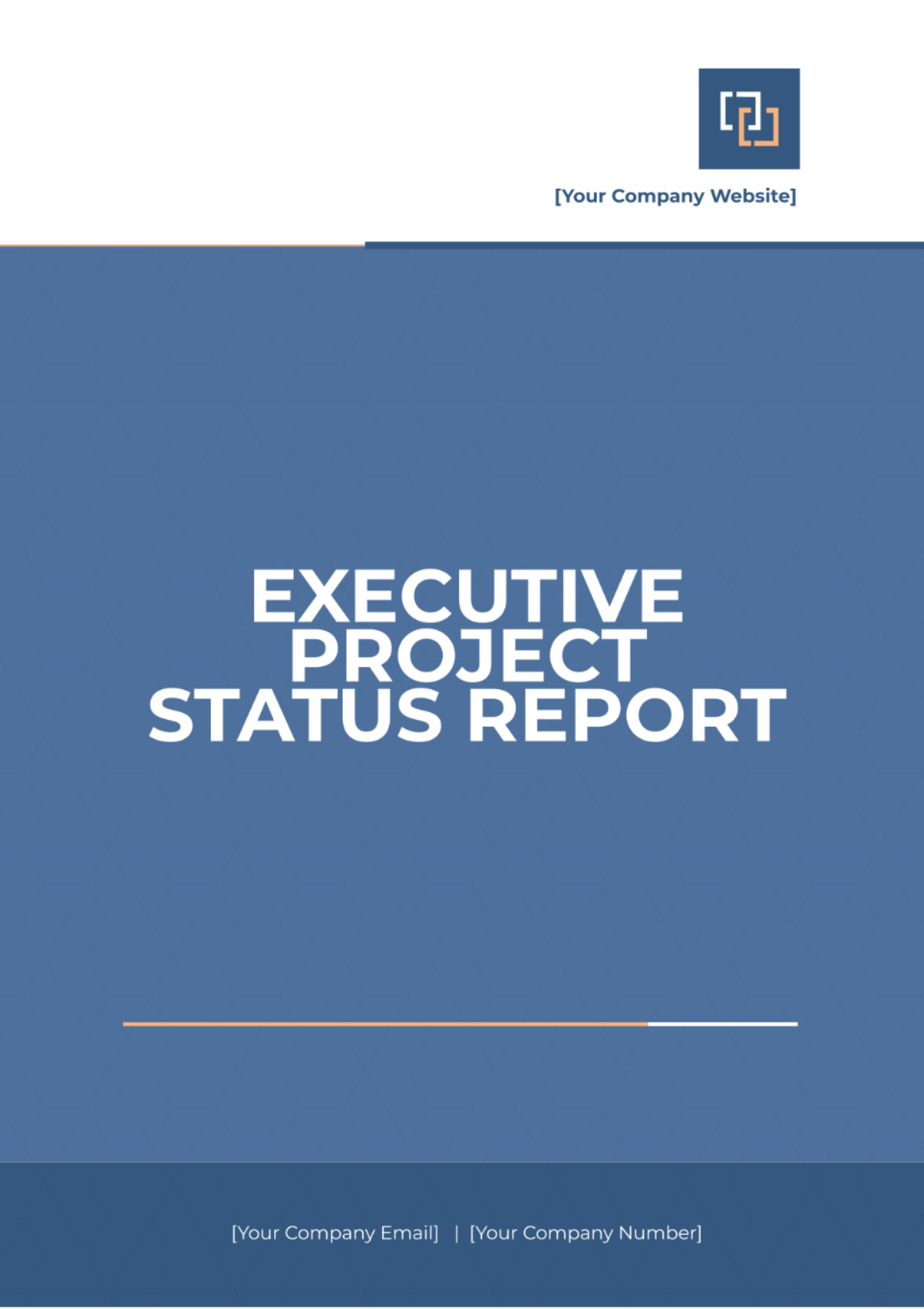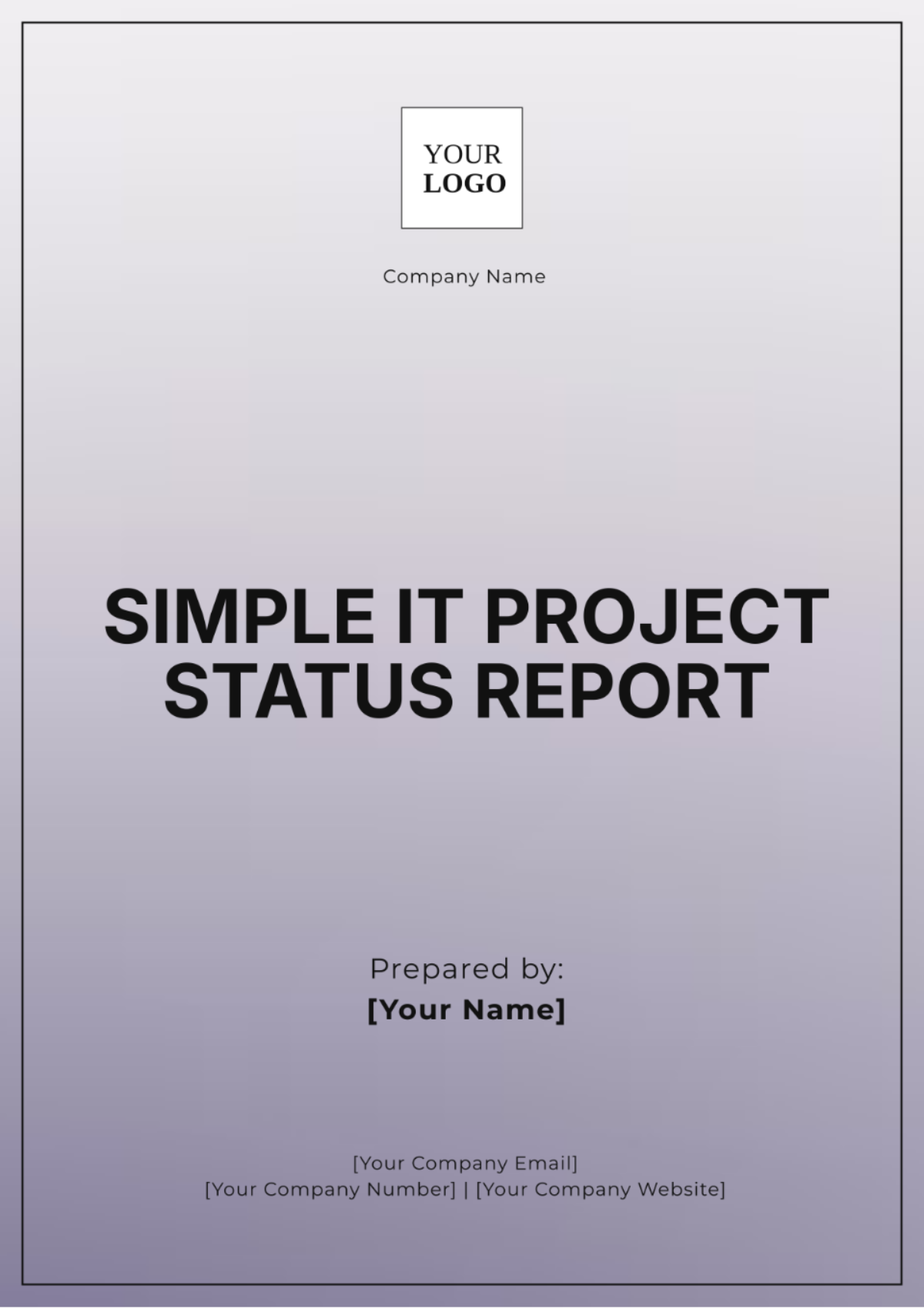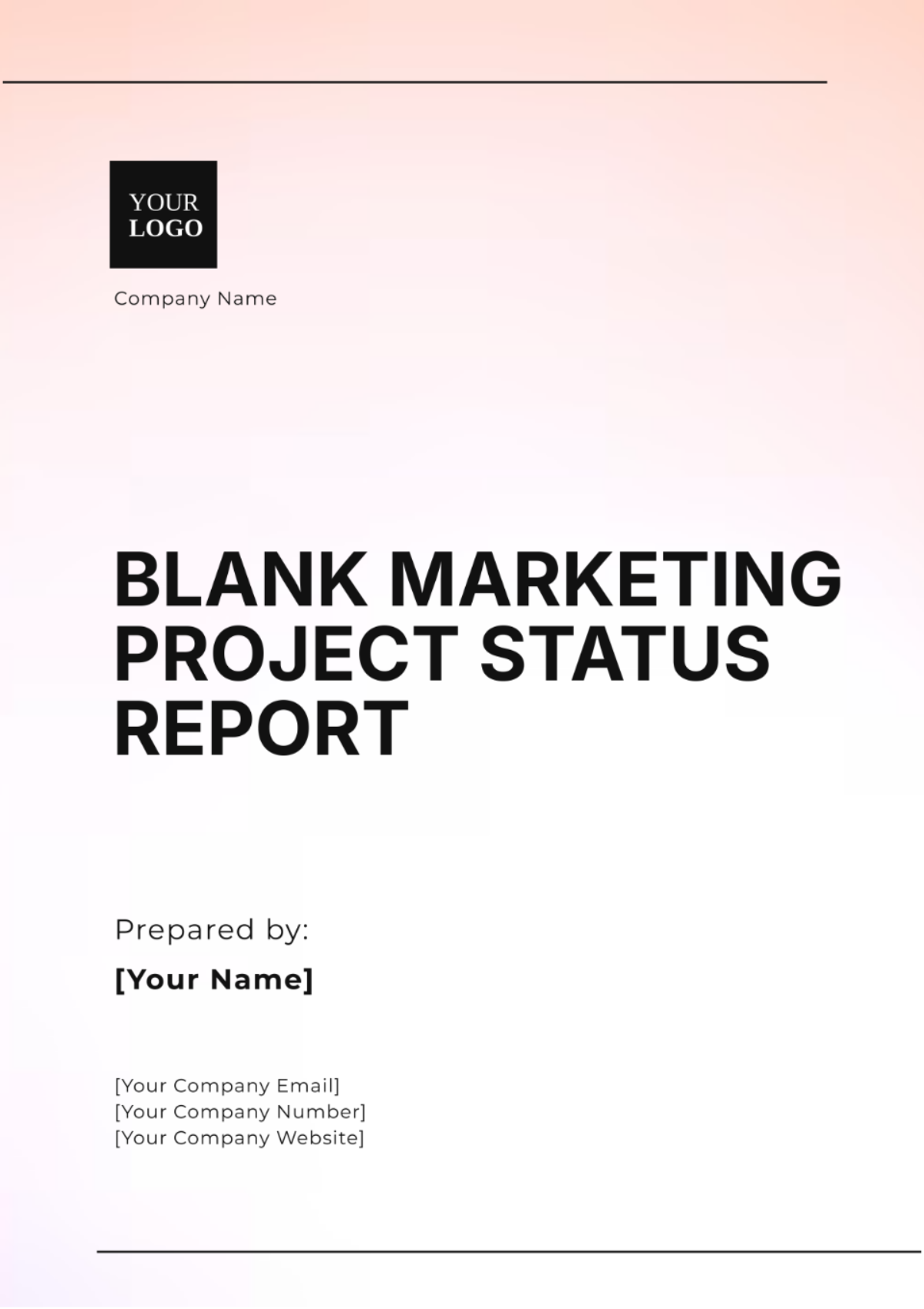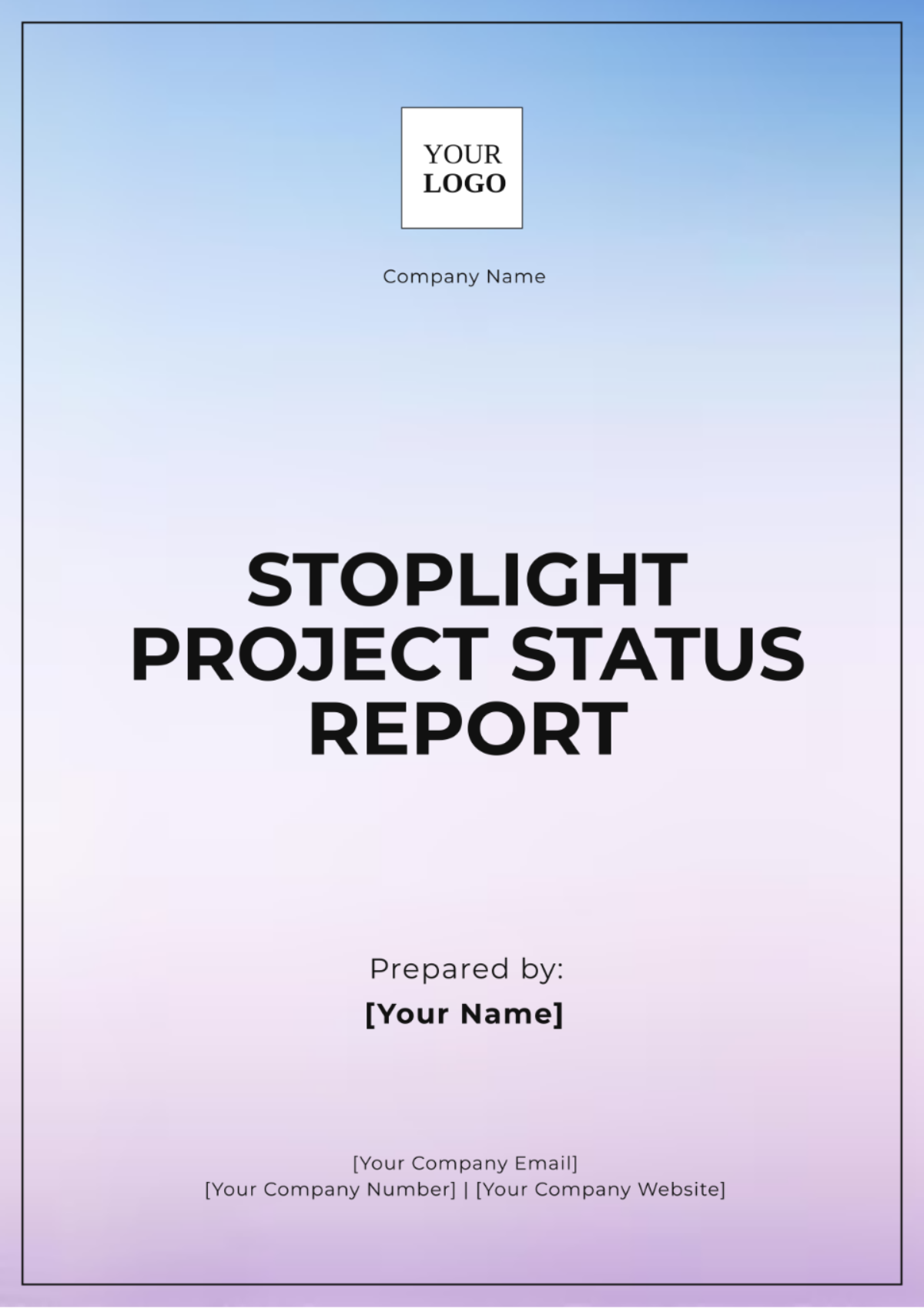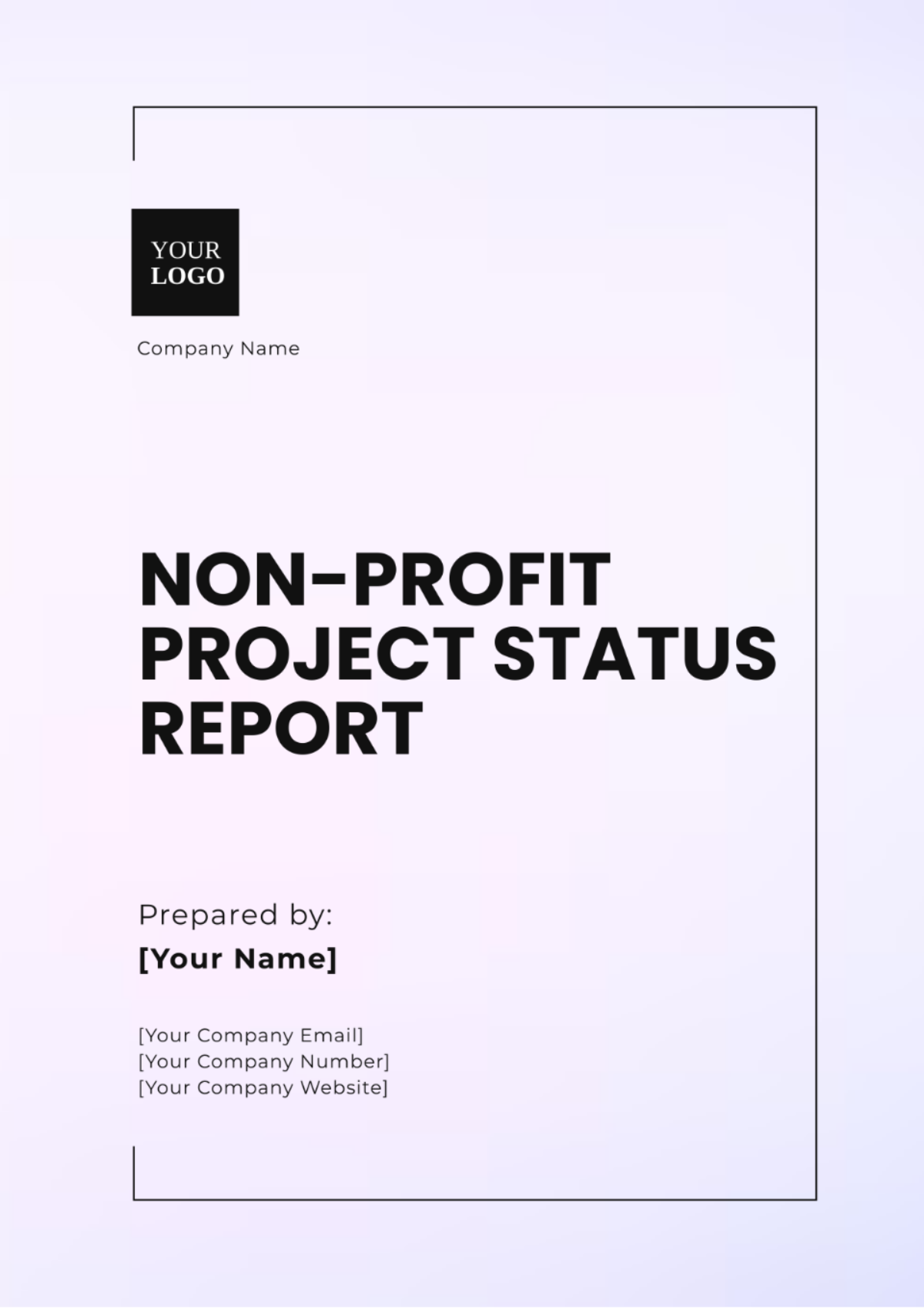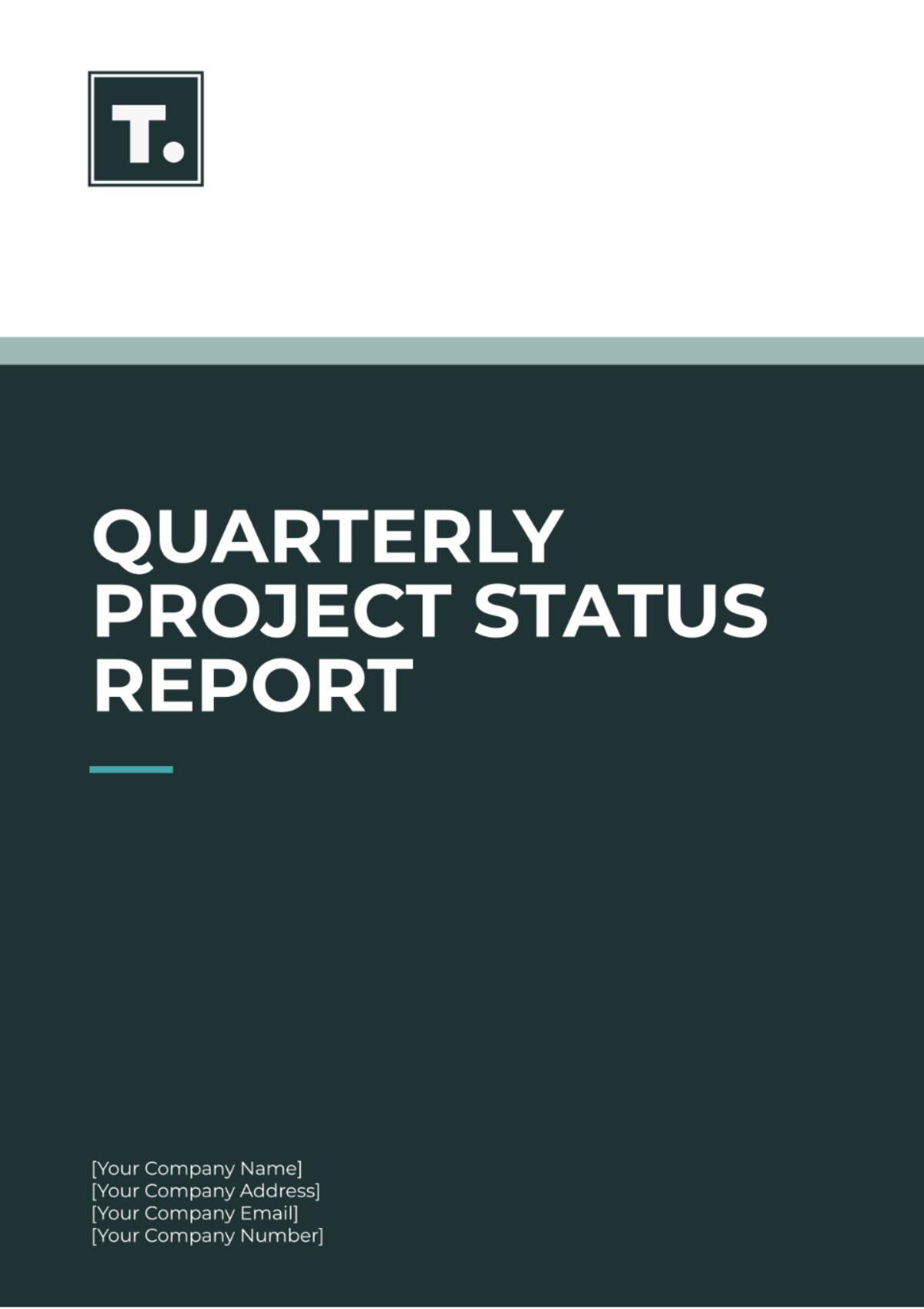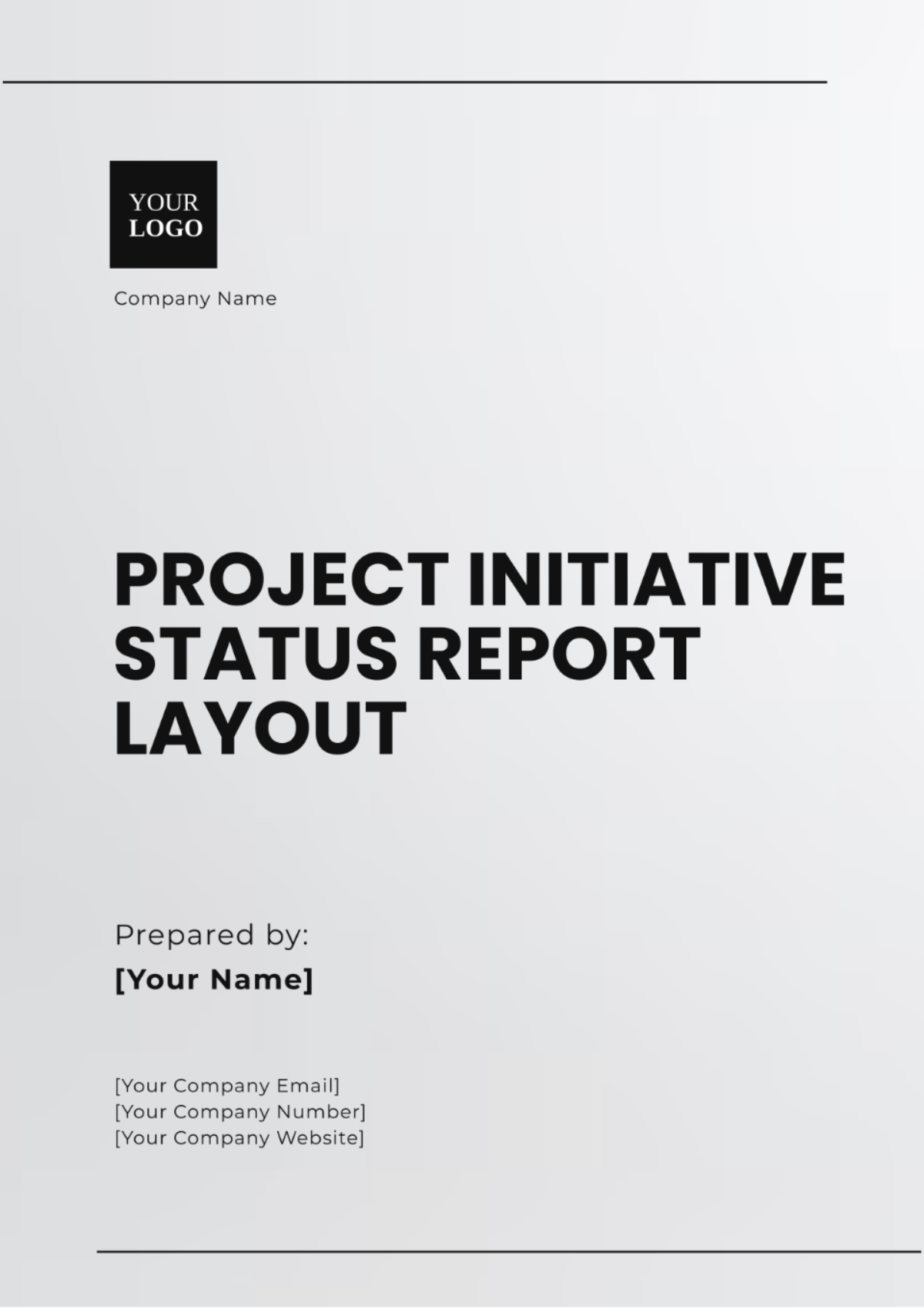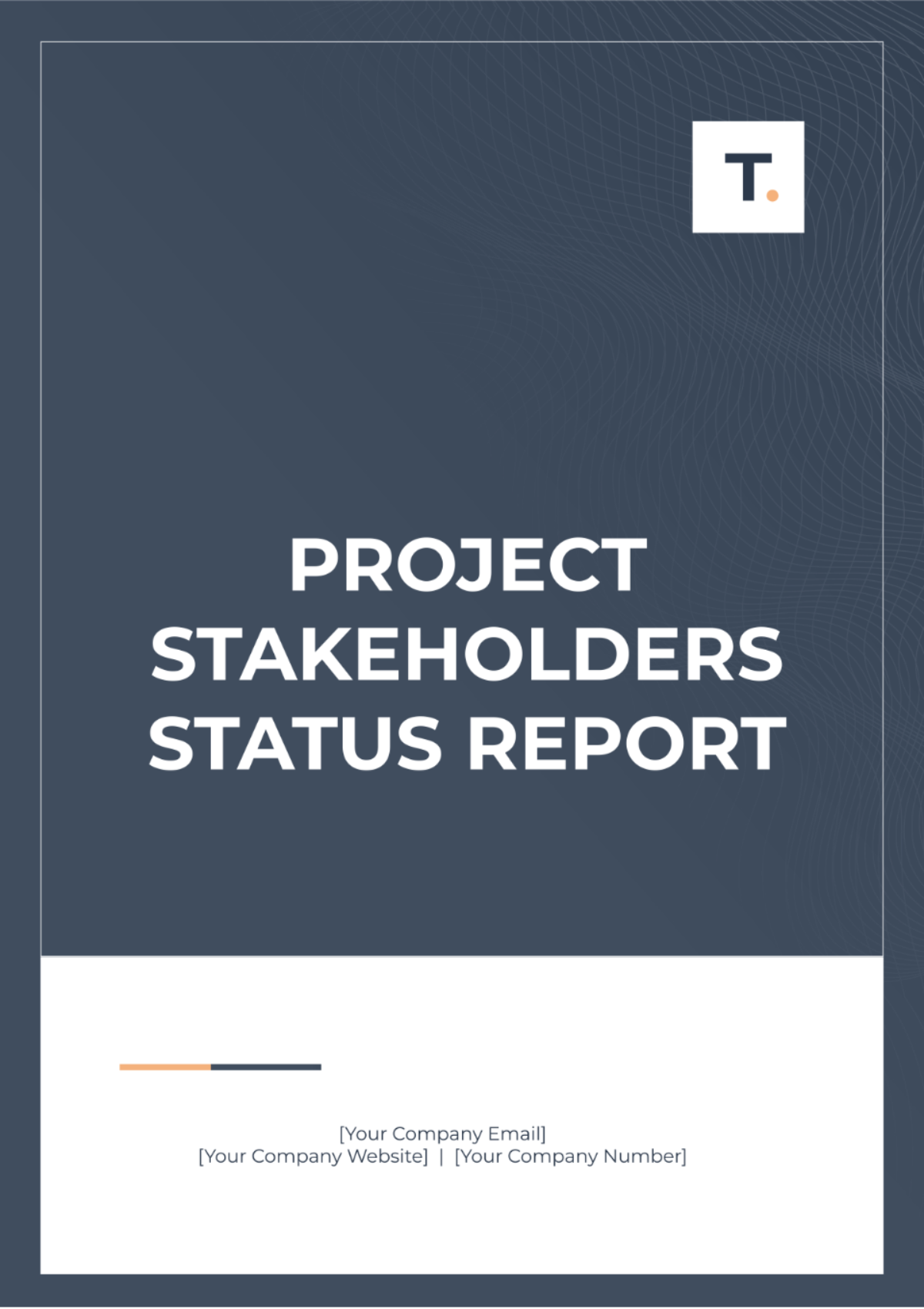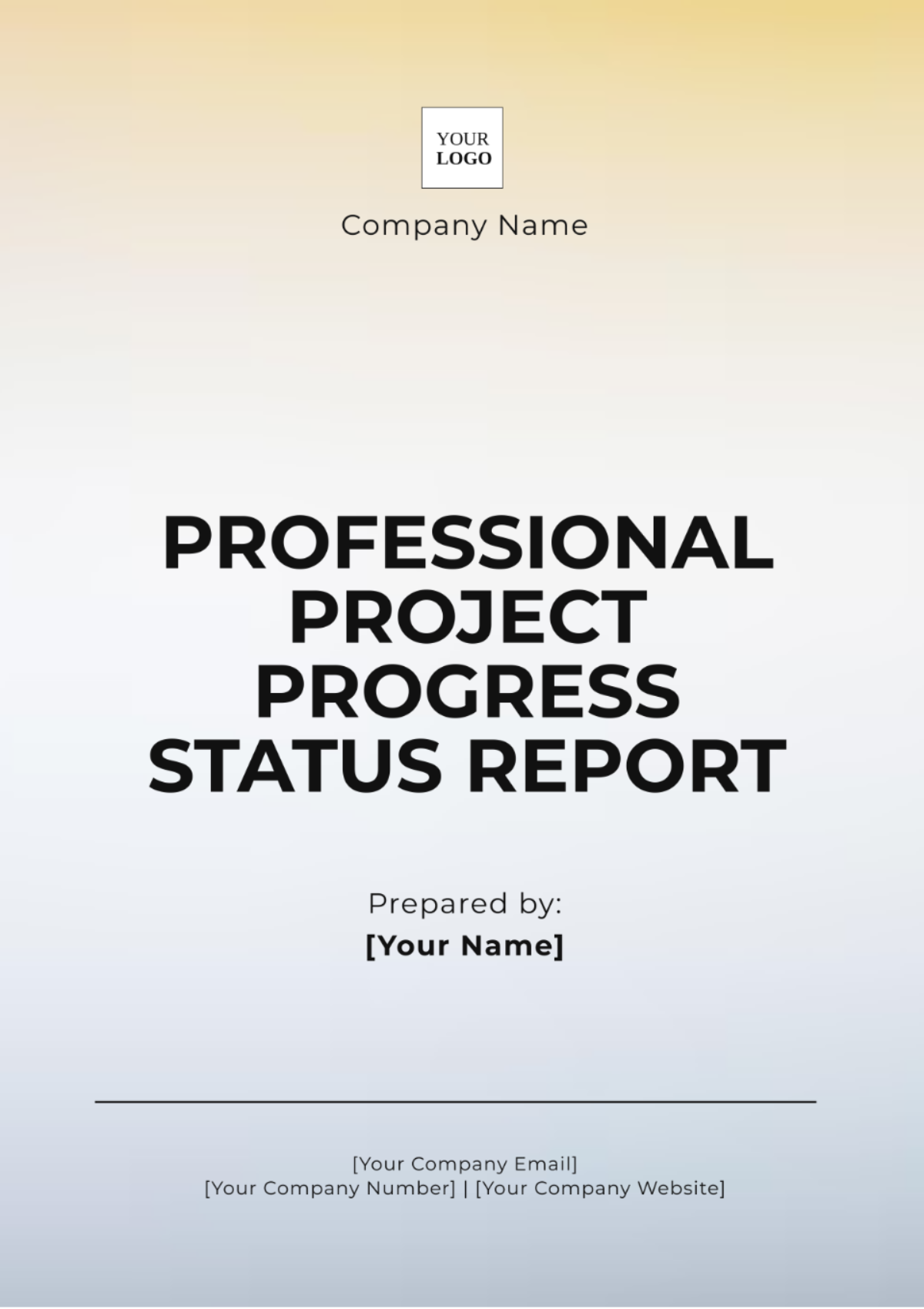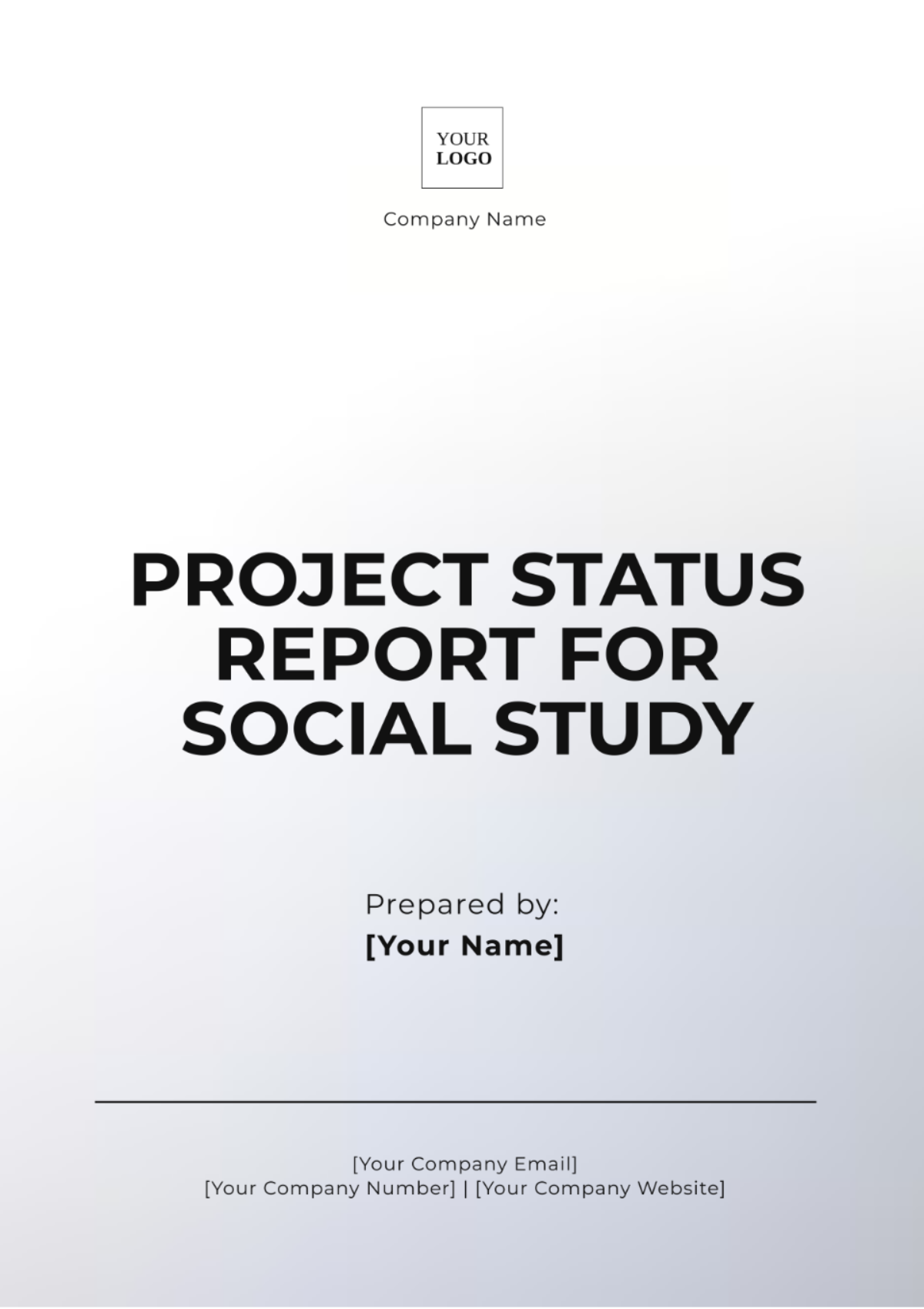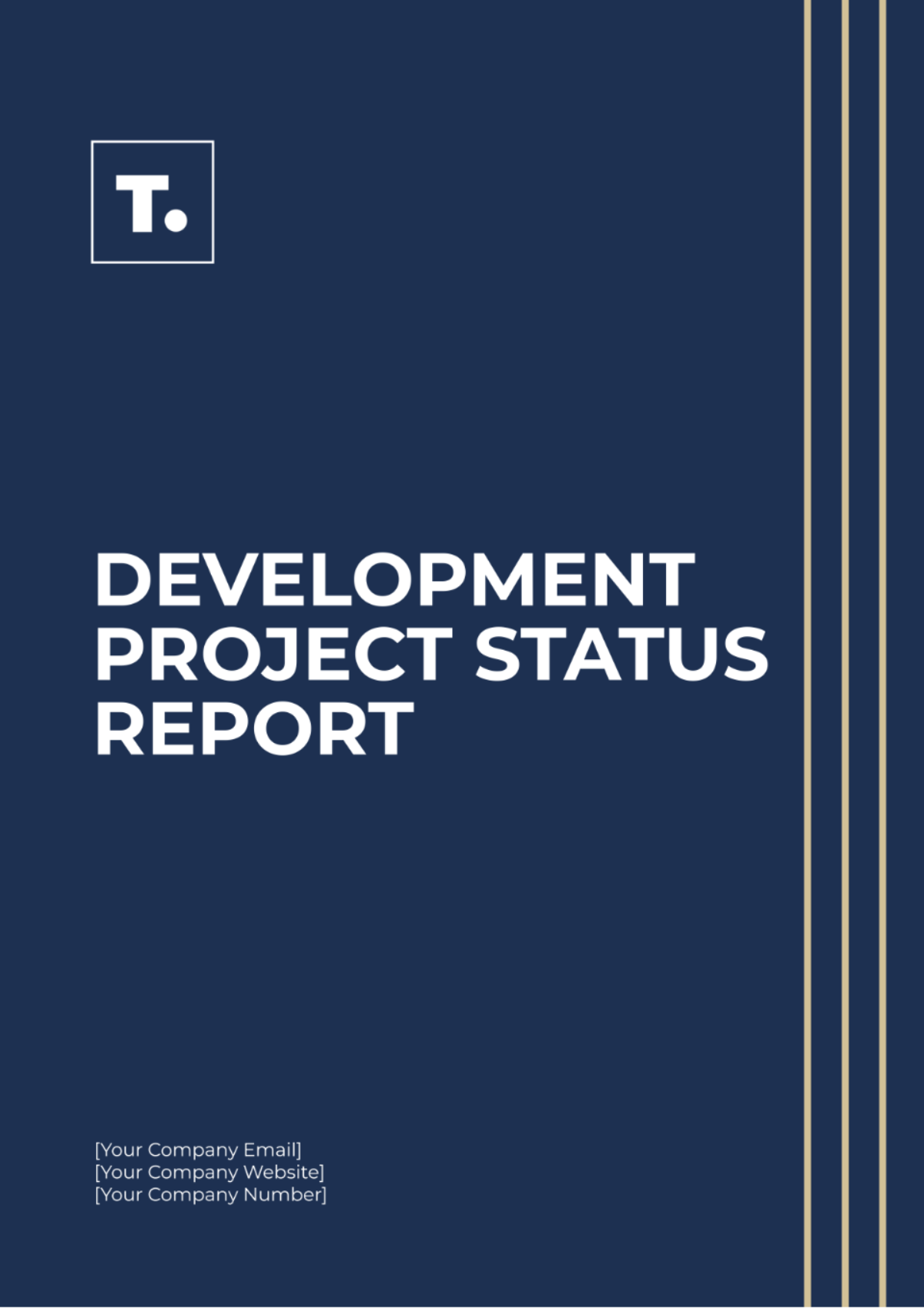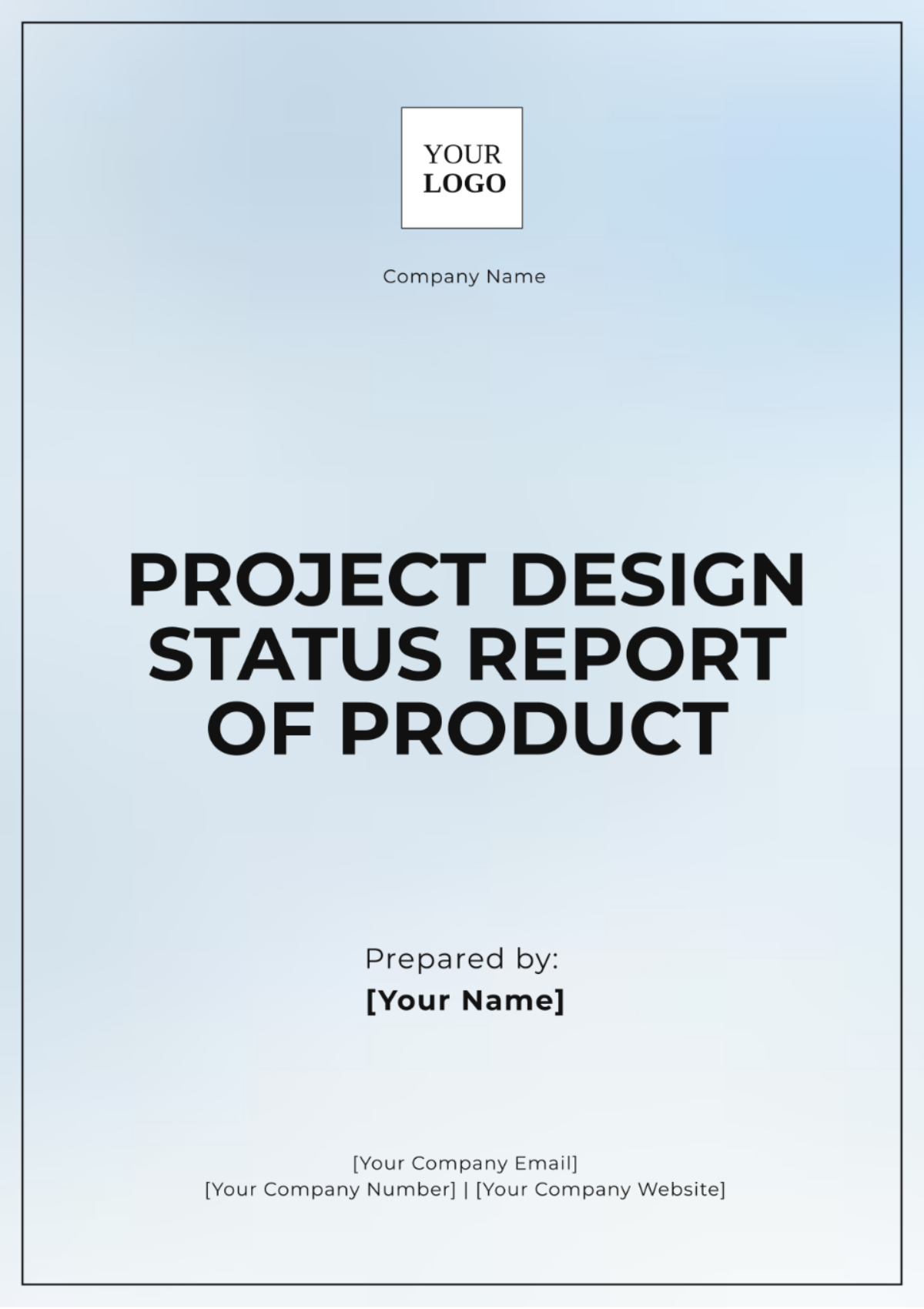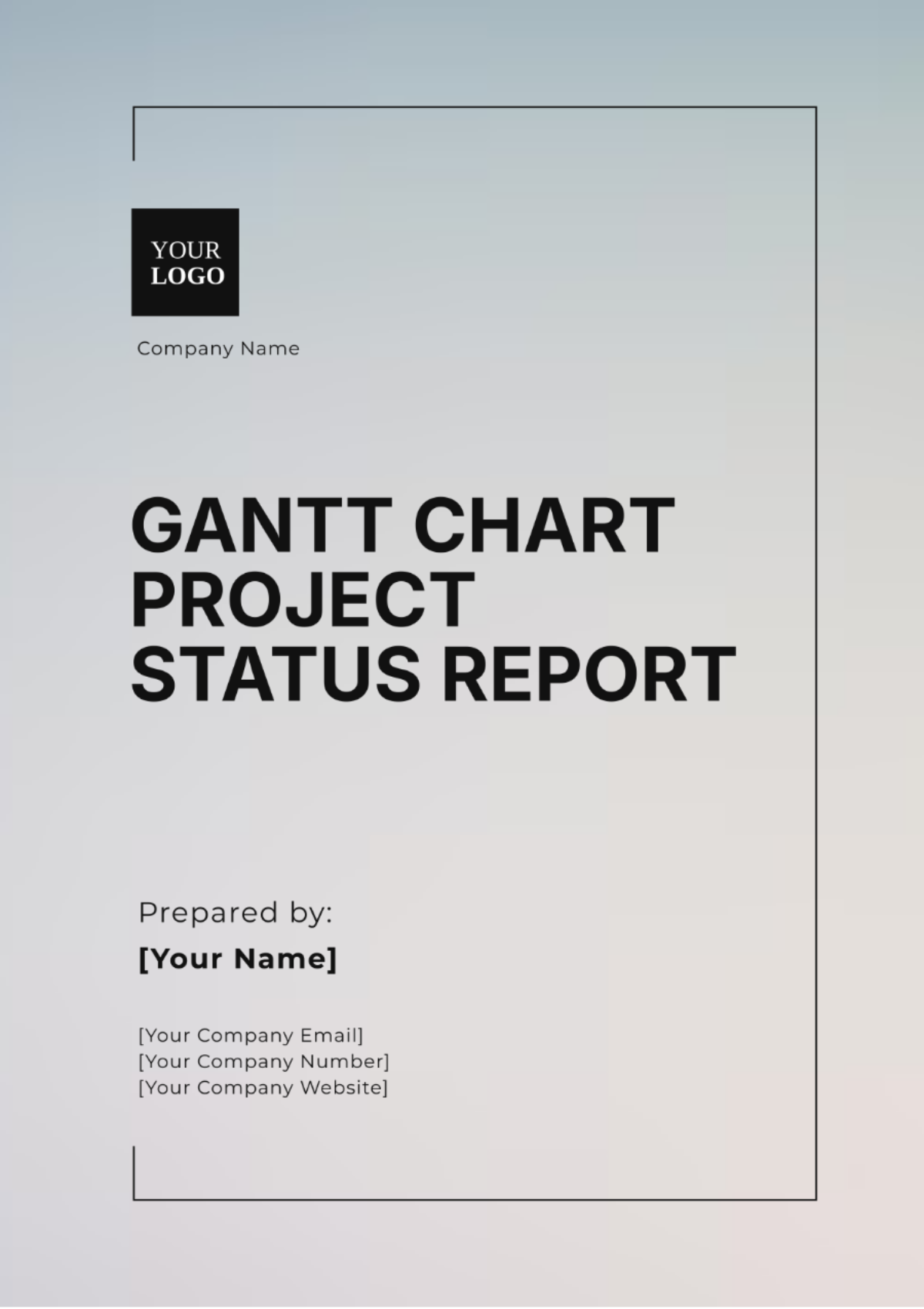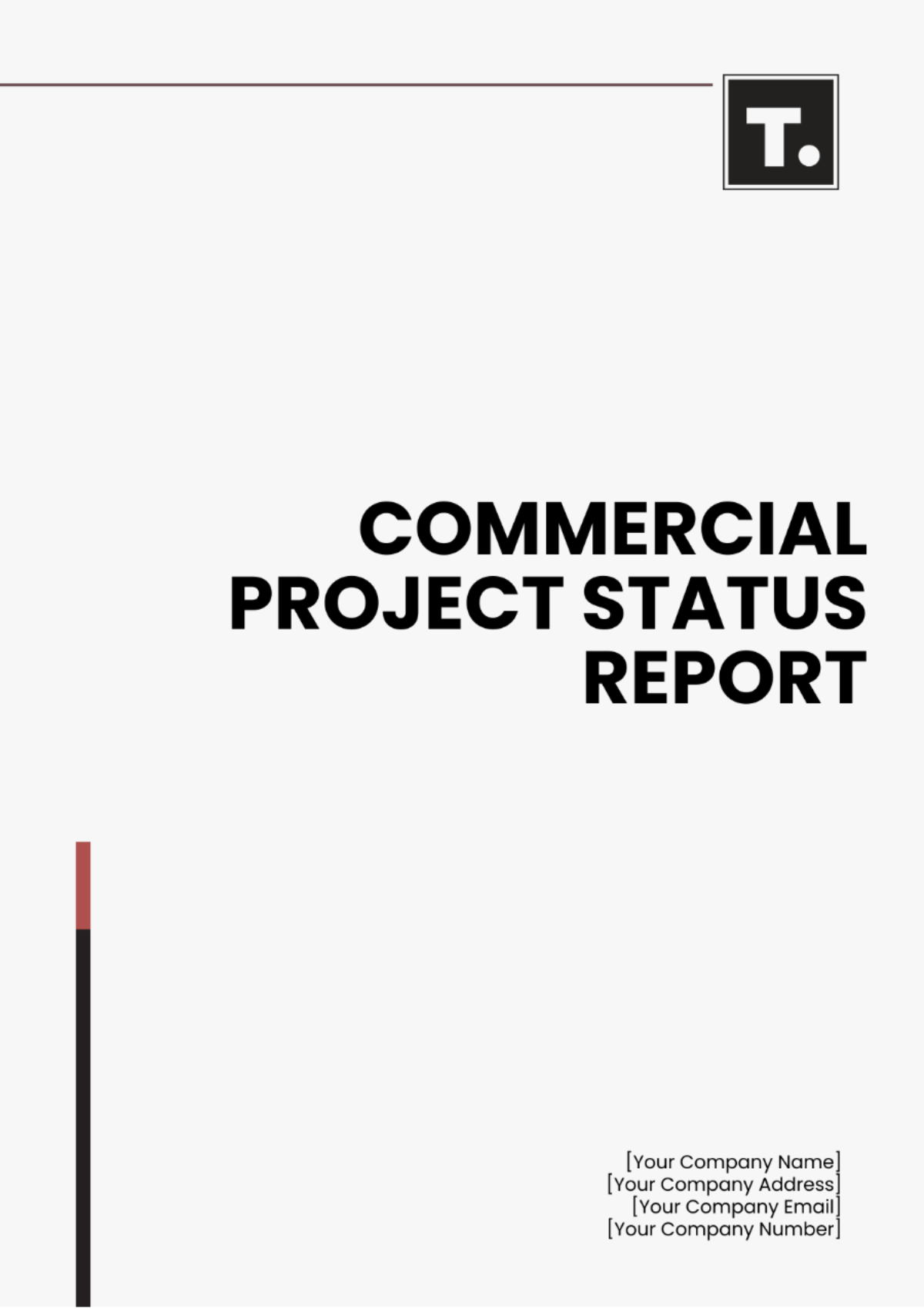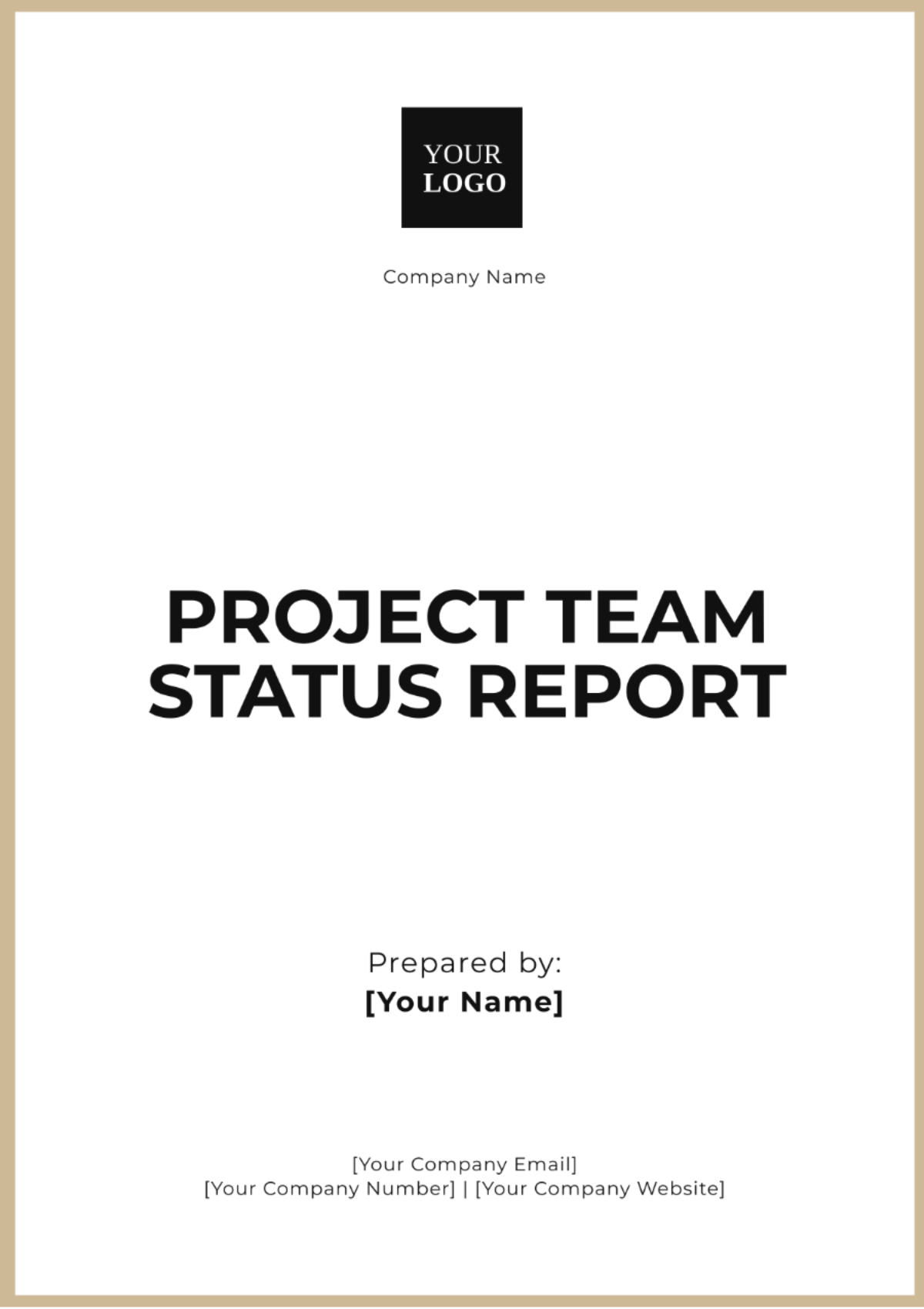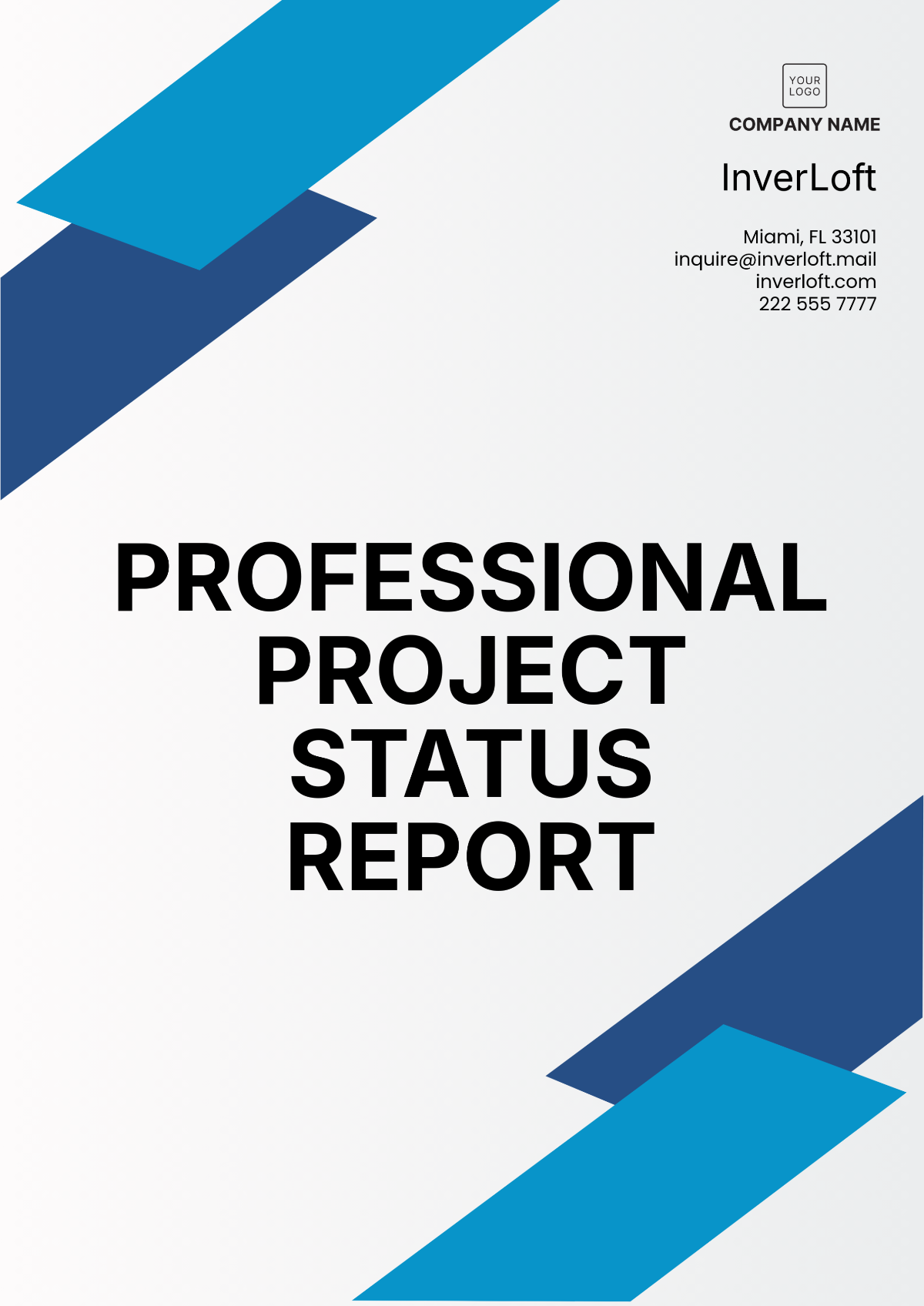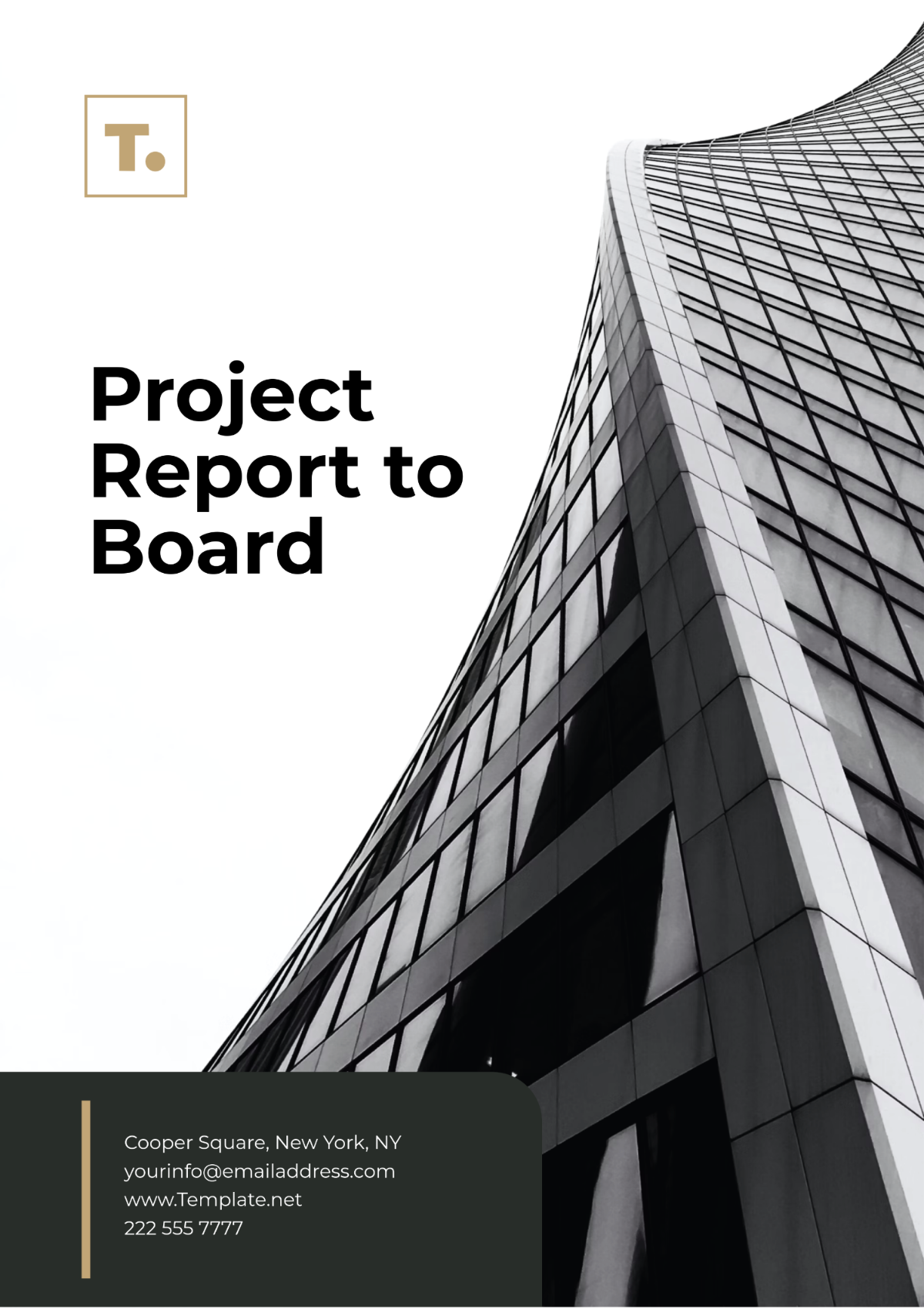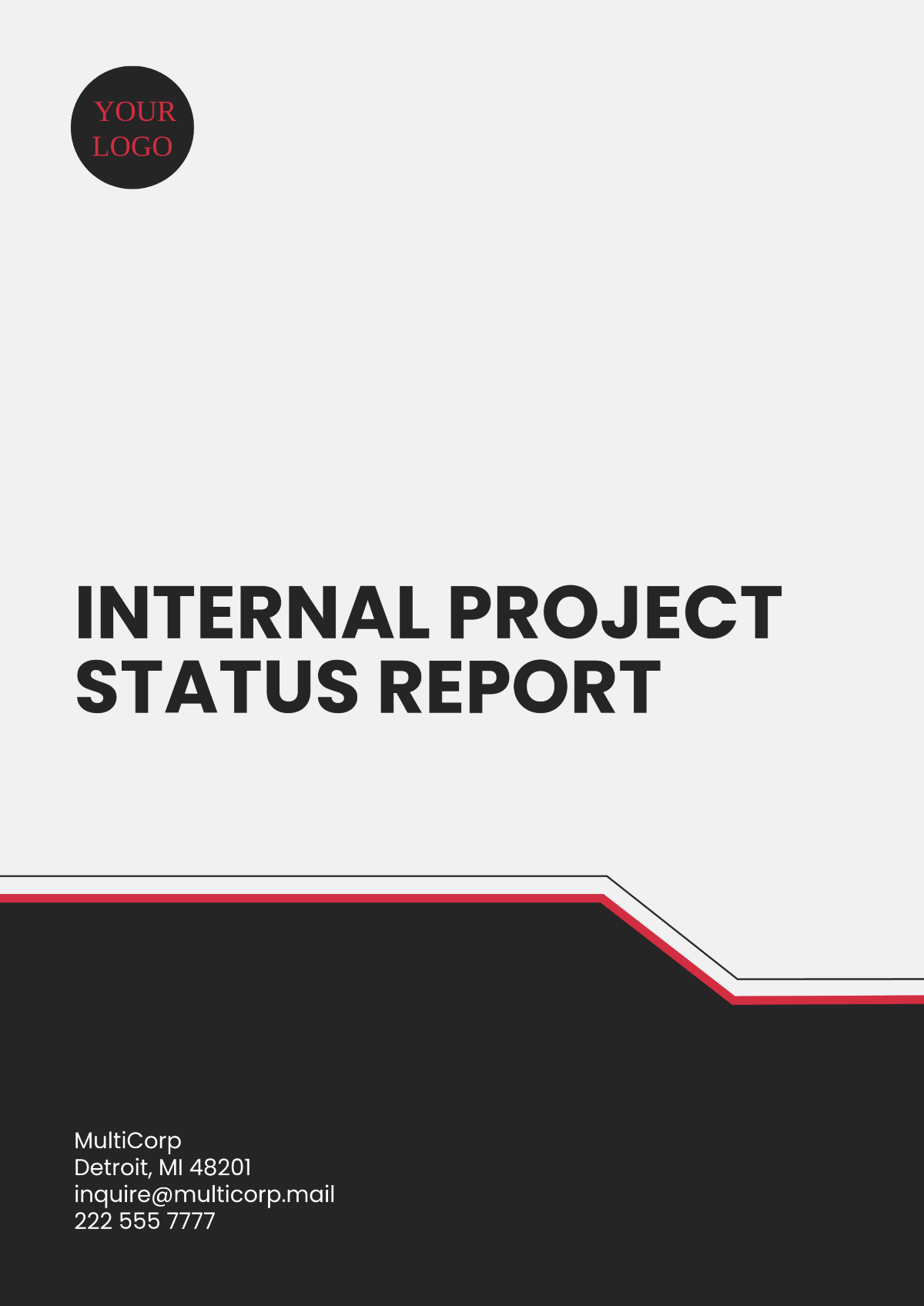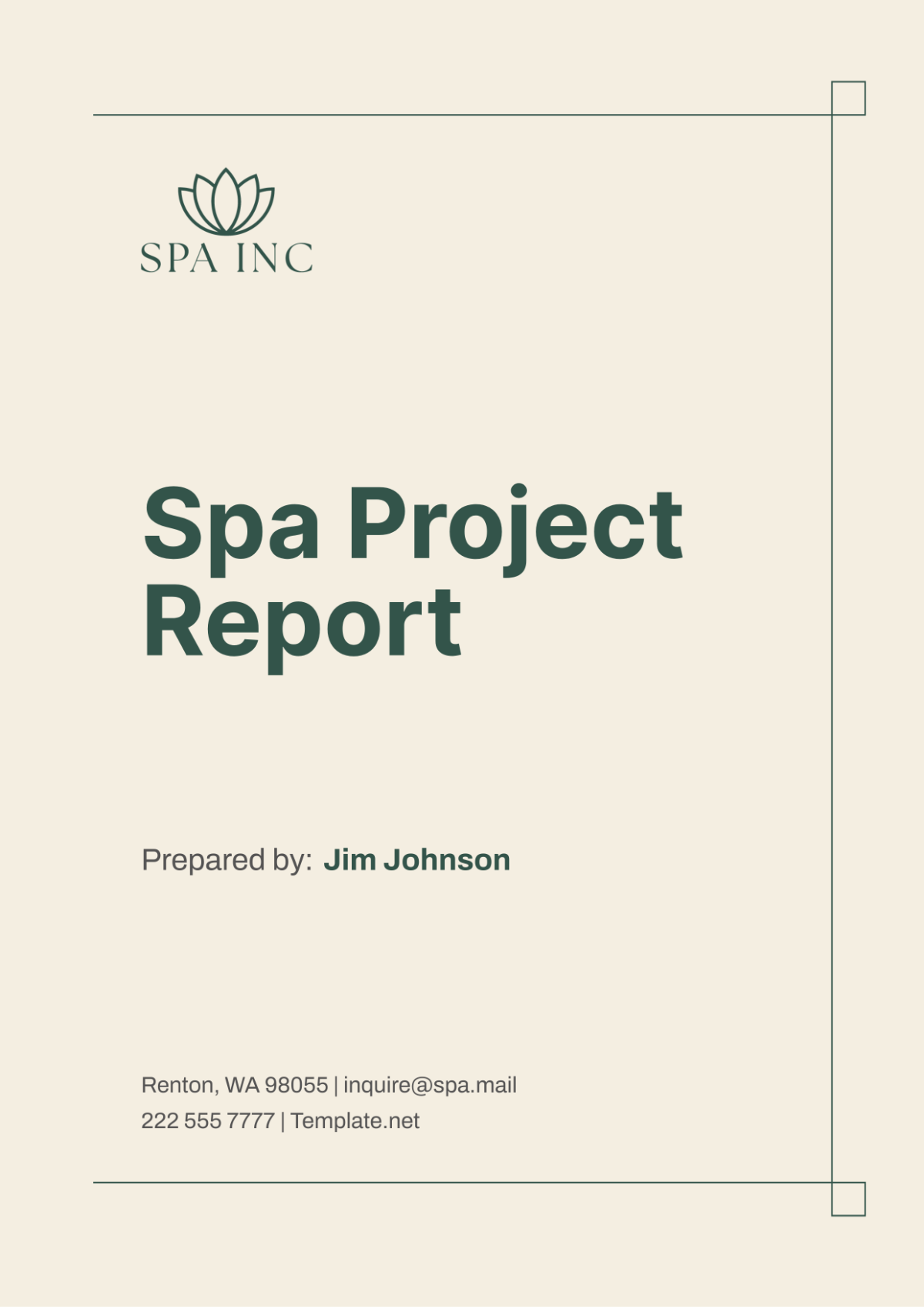Risk Mitigation Project Status Report
Company, [Your Company Name].
Prepared by: [Your Name]
I. Project Overview
Project Name: Risk Mitigation Implementation
Report Date: November 1, 2050
A. Project Summary
The Risk Mitigation Project aims to identify and mitigate potential risks that could affect project timelines, quality, and budget. As of this report, we are midway through the implementation phase, with key focus areas being risk identification, risk analysis, and risk response planning.
B. Key Objectives
Identify all potential project risks: Conduct thorough assessments to pinpoint risks that may arise during the project lifecycle.
Analyze the impact and probability of each risk: Evaluate the severity and likelihood of each identified risk to prioritize responses effectively.
Develop mitigation strategies and contingency plans: Formulate actionable strategies to minimize risk impacts and prepare for unforeseen challenges.
Monitor and control risks throughout the project lifecycle: Implement a continuous monitoring process to ensure risks are managed proactively.
II. Project Status
A. Milestone Progress
Milestone | Planned Completion | Actual Completion | Status |
|---|---|---|---|
Risk Identification | January 15, 2050 | January 14, 2050 | Completed |
Risk Analysis | February 20, 2050 | February 19, 2050 | Completed |
Risk Response Planning | March 30, 2050 | N/A | In Progress |
Risk Monitoring and Control | Ongoing | N/A | Starting |
B. Budget Status
Total Budget: $1,000,000
Spent to Date: $450,000
Remaining Budget: $550,000
III. Risk Management
A. Identified Risks
Supplier Delays: Potential supply chain delays may hinder project timelines, increasing costs and extending delivery schedules. Risks may arise from vendor reliability, transportation issues, or global disruptions.
Technical Challenges: Technology-related issues can affect system performance and project outcomes, stemming from inadequate infrastructure, skill gaps among staff, or unforeseen complexities.
Regulatory Changes: Evolving regulations may impact project compliance, leading to delays and financial penalties. Changes in industry standards or legal requirements could necessitate adjustments to project plans.
B. Mitigation Strategies
Supplier Delays:
Establish Secondary Supplier Relationships: Engage alternative suppliers to ensure a reliable backup and reduce dependency on a single source.
Maintain Buffer Inventory: Stock essential materials to mitigate short-term supply disruptions and minimize delays.
Technical Challenges:
Implement Training Sessions for Staff: Enhance the skills of technical personnel through a comprehensive training program to address emerging challenges.
Conduct Weekly Technical Audits: Regularly assess system performance to detect and resolve issues early.
Regulatory Changes:
Monitor Regulatory Environment: Stay updated on relevant regulatory changes through newsletters and industry forums.
Engage a Compliance Consultant: Collaborate with an expert to interpret changes and develop adherence strategies, ensuring compliance and minimizing legal risks.
IV. Issues and Action Items
A. Current Issues
Issue: Delay in technical training sessions.
Action Required: Reschedule sessions and extend project timeline by one week.
Responsible: [Your Name]
Due Date: November 10, 2050
Issue: Budget overrun risk due to unplanned technical expenditures.
Action Required: Review and revise budget allocations.
Responsible: [Your CFO]
Due Date: November 20, 2050
B. Completed Action Items
Conducted risk analysis workshop (Completed on October 25, 2050)
Updated risk management plan (Completed on October 30, 2050)
V. Next Steps
Finalize risk response plans
Begin active risk monitoring
Conduct monthly risk review meetings
Prepare the next status report for December 1, 2050
